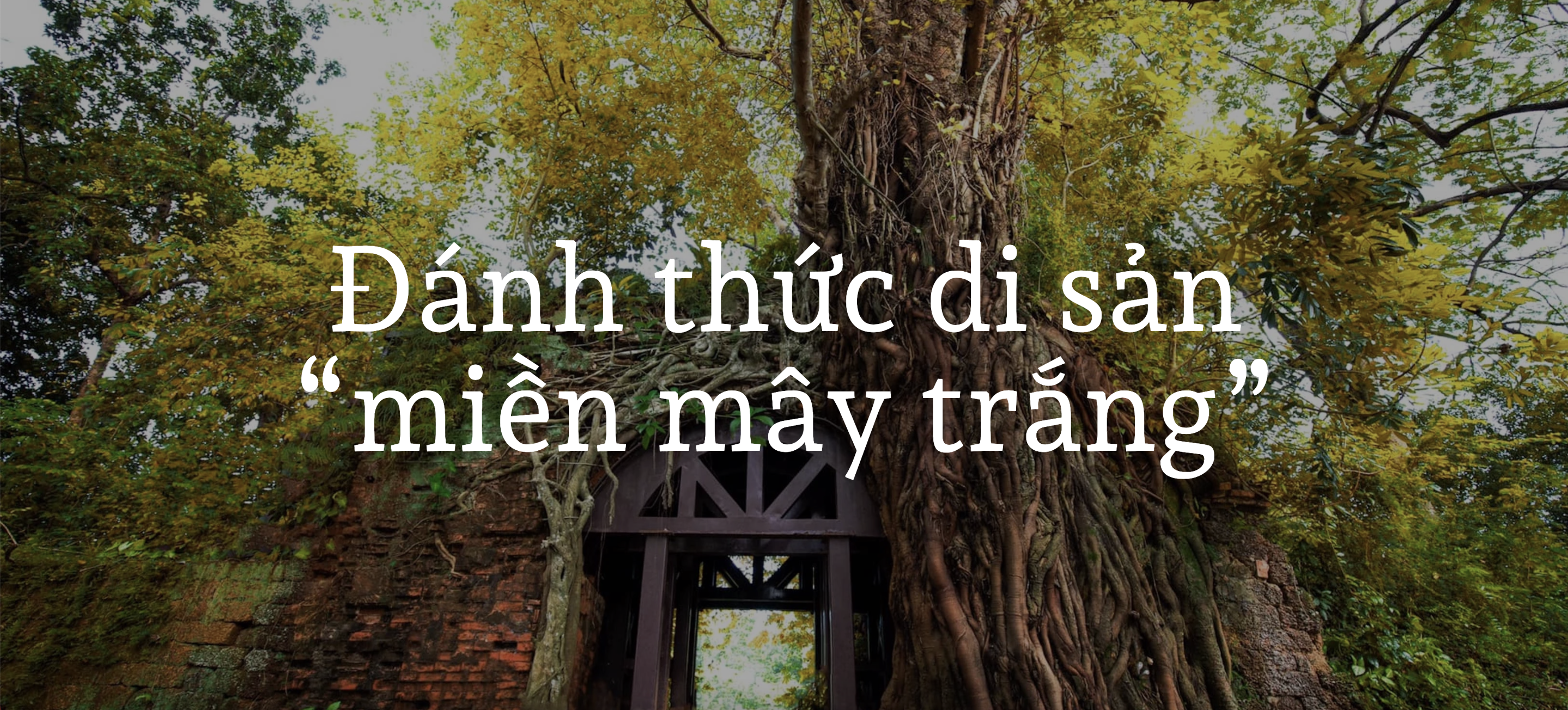

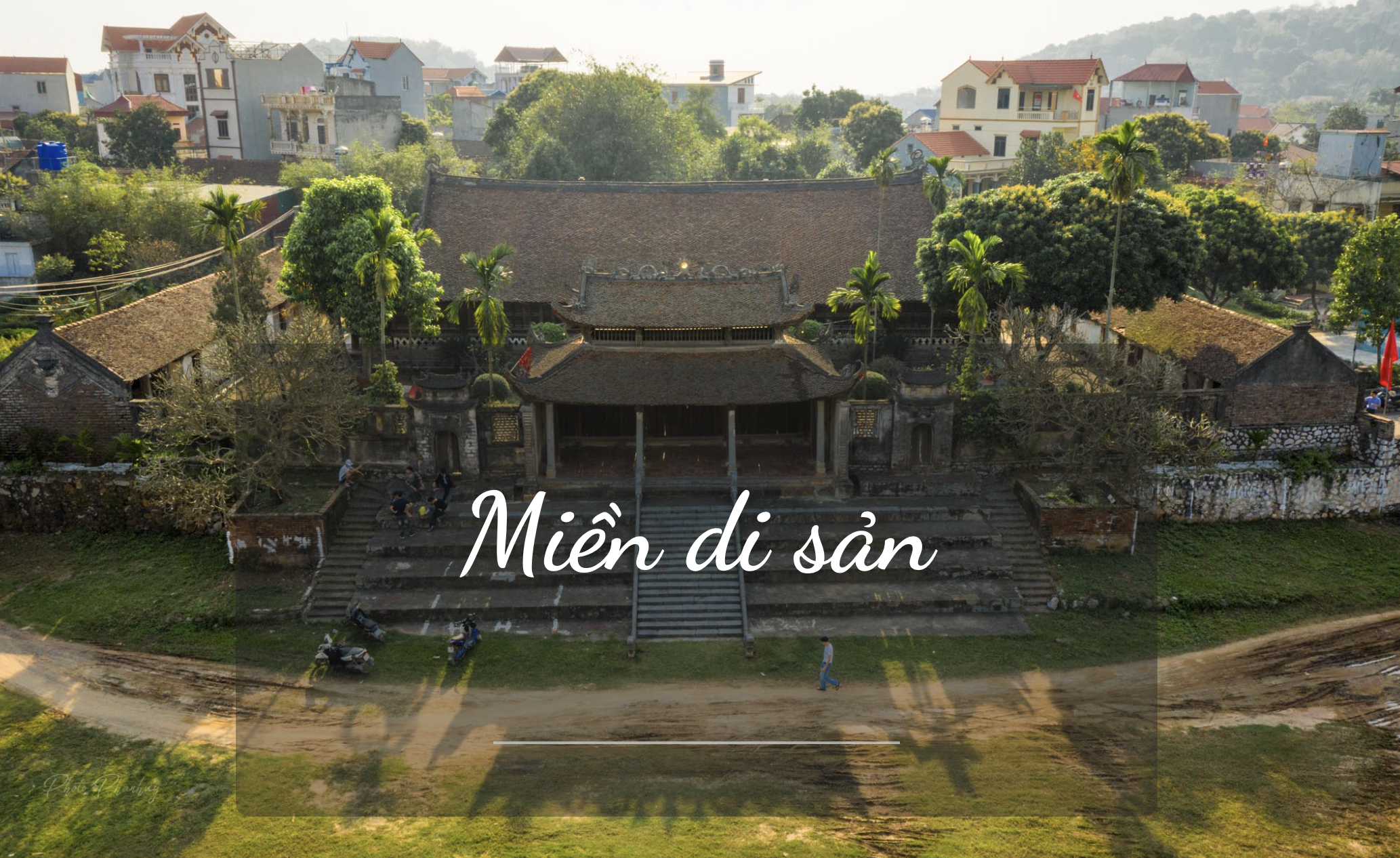
Xu Doai is the word referring to the land west of the capital, where Ba Vi peak has white clouds all year round. Poet Quang Dung, a son of this land, wrote: "I miss Xu Doai with its white clouds so much/ Have you ever missed me?" In Vietnamese culture, not every land is considered a "civilized" land. Civilized is used to refer to lands with a long-standing historical-cultural tradition, lands that have produced many famous people who have made great contributions to the country. Xu Doai is one of the few lands that people from the past to the present consider a civilized region.
For a long time, Xu Doai belonged to Ha Tay province, so many people identified Ha Tay with Xu Doai. But in fact, Ha Tay included some localities belonging to Xu Doai and some localities belonging to Son Nam Thuong. Xu Doai used to be a large area located to the west of Thang Long citadel. After many administrative changes, the area of Xu Doai (formerly) now corresponds to the administrative boundaries of the districts: Quoc Oai, Thach That, Dan Phuong, Hoai Duc, Ba Vi, Son Tay town and part of the provinces of Vinh Phuc and Phu Tho today.

Xu Doai is identified as the cradle of ancient Vietnamese civilization, where there is a legend about Tan Vien Son Thanh, one of the Four Immortals of the Vietnamese people. The legendary stories about Tan Vien Son Thanh are associated with the Hung King era, the beginning of Vietnamese history.
Along with the development of history, Xu Doai became a cultural land, the birthplace of many heroes and talented people of the country such as Kings Phung Hung, Ngo Quyen, famous people: Grand Tutor To Hien Thanh, Third-rank Doctor Giang Van Minh, Trang Bung Phung Khac Khoan...
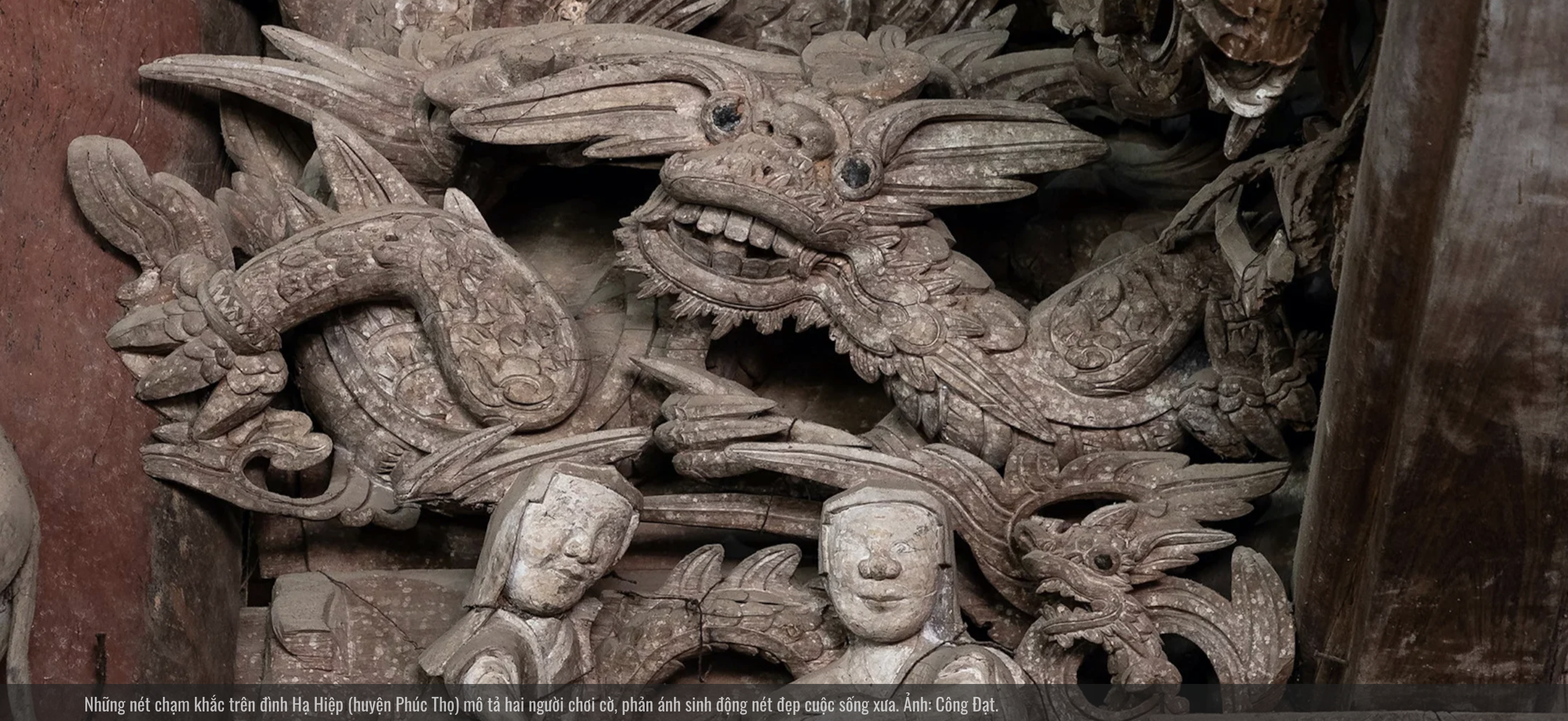
The cultural depth of the Doai region is also reflected in the large number of monuments and heritages. The Doai region concentrates a series of special national monuments: Thay Pagoda, So Communal House (Quoc Oai District); Tay Phuong Pagoda (Thach That District); Hat Mon Temple, Tuong Phieu Communal House, Ha Hiep Communal House (Phuc Tho District); Tay Dang Communal House (Ba Vi District), Dai Phung Communal House (Dan Phuong District... These works, besides their historical value, are also "museums" of traditional architecture and sculpture; at the same time, they are also places that preserve many beautiful features of ancient Vietnamese villages, most notably the communal house system.
Xu Doai also has unique relics, such as Son Tay Citadel - the only laterite citadel in Southeast Asia, Duong Lam ancient village - one of two ancient villages in the country recognized as a National Architectural and Artistic Relic; Mia Pagoda (Son Tay town) with 287 worship statues, currently holding the Vietnamese record for the number of Buddhist statues in a pagoda; Son Tay Temple of Literature - a place to honor the tradition of studiousness and mandarin examinations in Xu Doai, and the system of relics worshiping Tan Vien Son Thanh.
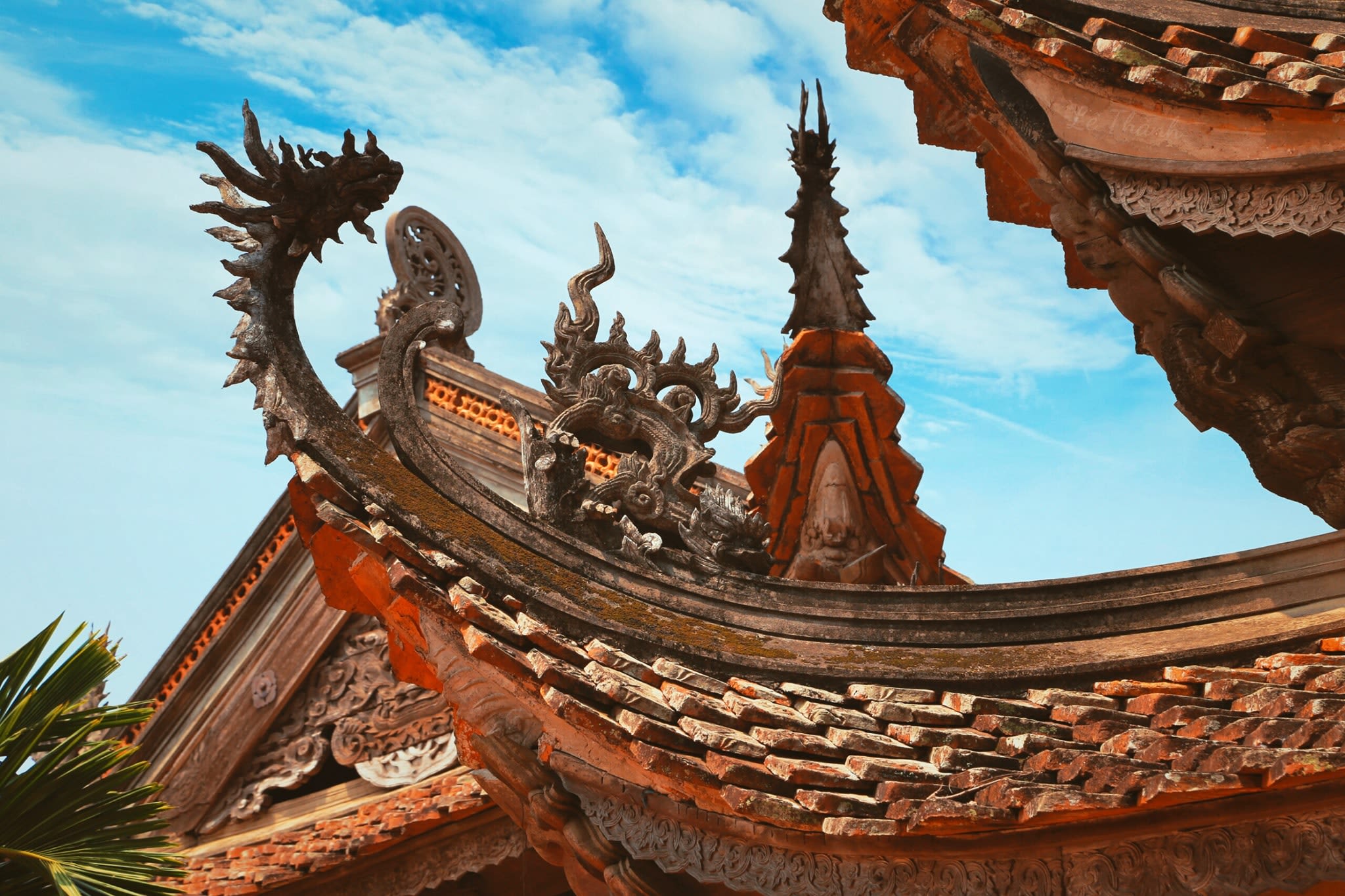
The charm of Tay Phuong pagoda's roof (Thach That district). Photo: Le Thanh
Xu Doai is also home to many valuable intangible cultural heritages, notably the worship of Tan Vien Son Thanh covering a large area at the foot of Tan Vien mountain, Hat Mon temple festival (Phuc Tho district), Va temple festival (Son Tay town), Do singing (Quoc Oai district), Trong Quan singing (Phuc Tho district), Chang Son water puppetry, Binh Phu water puppetry (Thach That district), Muong dance in Van Hoa commune (Ba Vi district), Ngai Cau ca tru (Hoai Duc district), Thuong Mo ca tru (Dan Phuong district)... In particular, Xu Doai is famous for many handicraft villages.
Professor Vu Minh Giang, Vice President of the Vietnam Historical Science Association, affirmed: “Xu Doai is a miniature picture of Vietnamese culture, but it contains unique features that cannot be found anywhere else. Xu Doai culture is a priceless treasure in the flow of Vietnamese culture.”
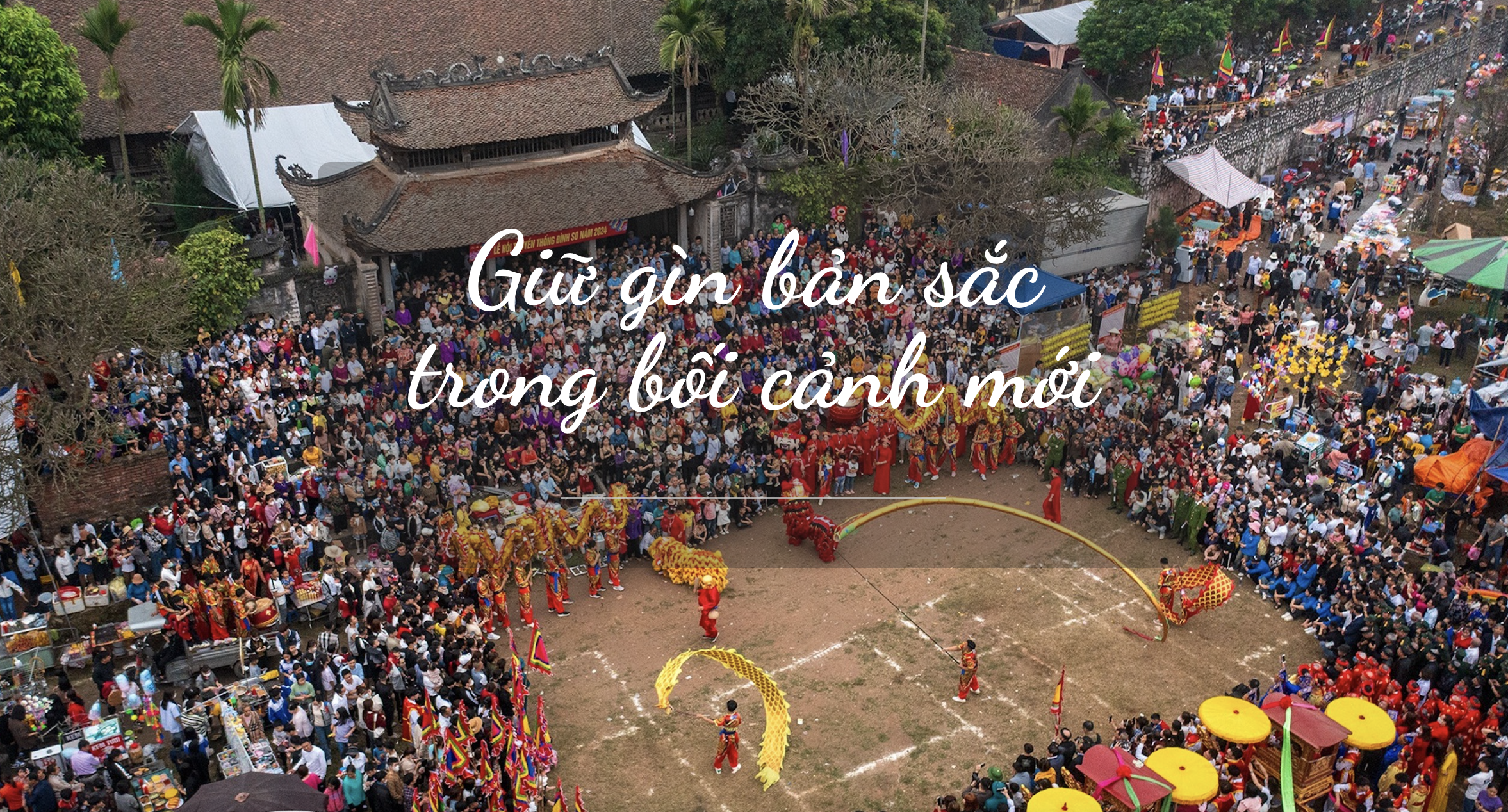
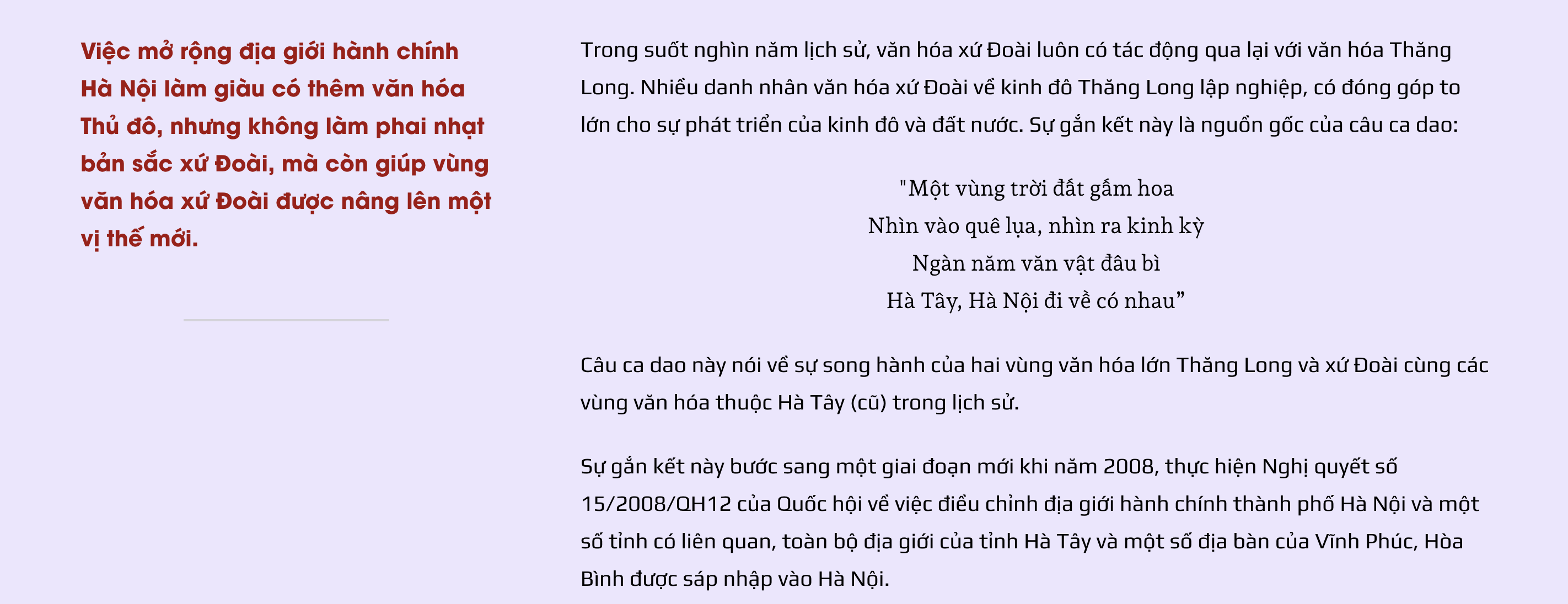
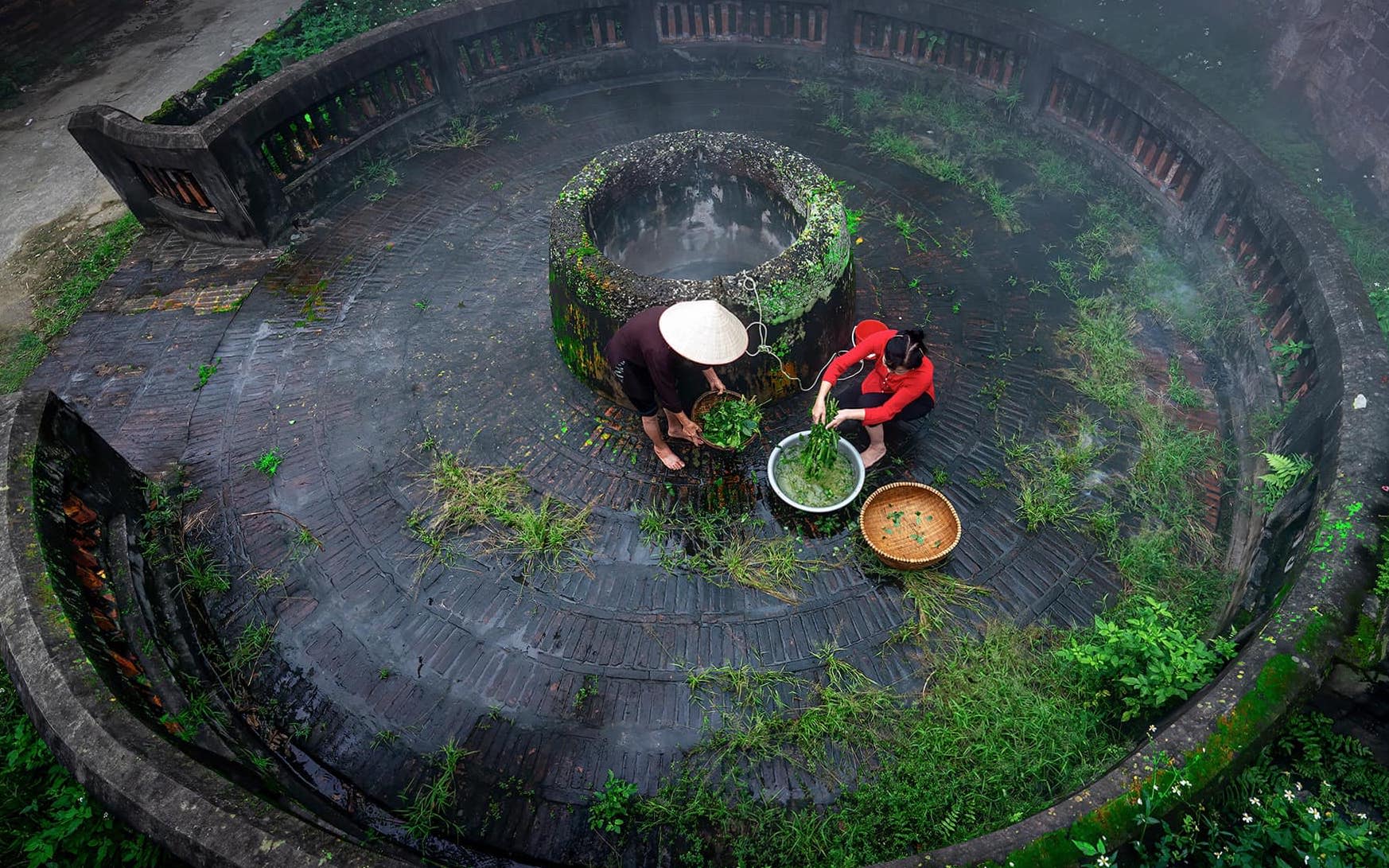
Ancient wells create rustic spaces in Duong Lam ancient village (Son Tay town). Photo: Nina May.
The expansion of Hanoi's administrative boundaries enriches the capital's culture, but does not dilute the identity of the Doai region, but also helps the Doai region's cultural region to be elevated to a new position.

Before the merger, Ha Tay (old) had 3,053 relics. The province paid attention to the restoration of relics, but economic resources were limited. Coming to the capital, these difficulties were resolved when the city allocated resources to support localities in preserving precious heritages.
In particular, on April 8, 2022, the City People's Council issued Resolution No. 02/NQ-HDND supplementing the 5-year medium-term public investment plan for 2021-2025, allocating the 2022 capital plan to implement the Investment Plan for construction and renovation of public schools to meet national standards, upgrading the health system and renovating and embellishing relics in the period of 2022-2025 and the following years and a number of basic construction projects of city-level expenditure tasks.
According to Resolution No. 02/NQ-HDND, the city invested in relic restoration with capital of up to 14,000 billion VND for 579 projects. In which, the capital is combined with capital allocated by localities, combined with additional capital from the city budget.
A series of relics in the Xu Doai cultural region have benefited from the implementation of this Resolution. Three groups of relics are prioritized for investment and restoration, including: relics that are seriously degraded and at risk of collapse, relics that have been ranked as having high value and are degrading their original items, and relics that need to be promoted as destinations associated with tourism development.
For example, Phuc Tho district, since the implementation of Resolution No. 02/NQ-HDND, has started to restore and embellish about 20 relics, Thach That district has also achieved a similar number. Thanks to this investment resource, hundreds of relics in the Doai region have been restored to their ancient beauty.
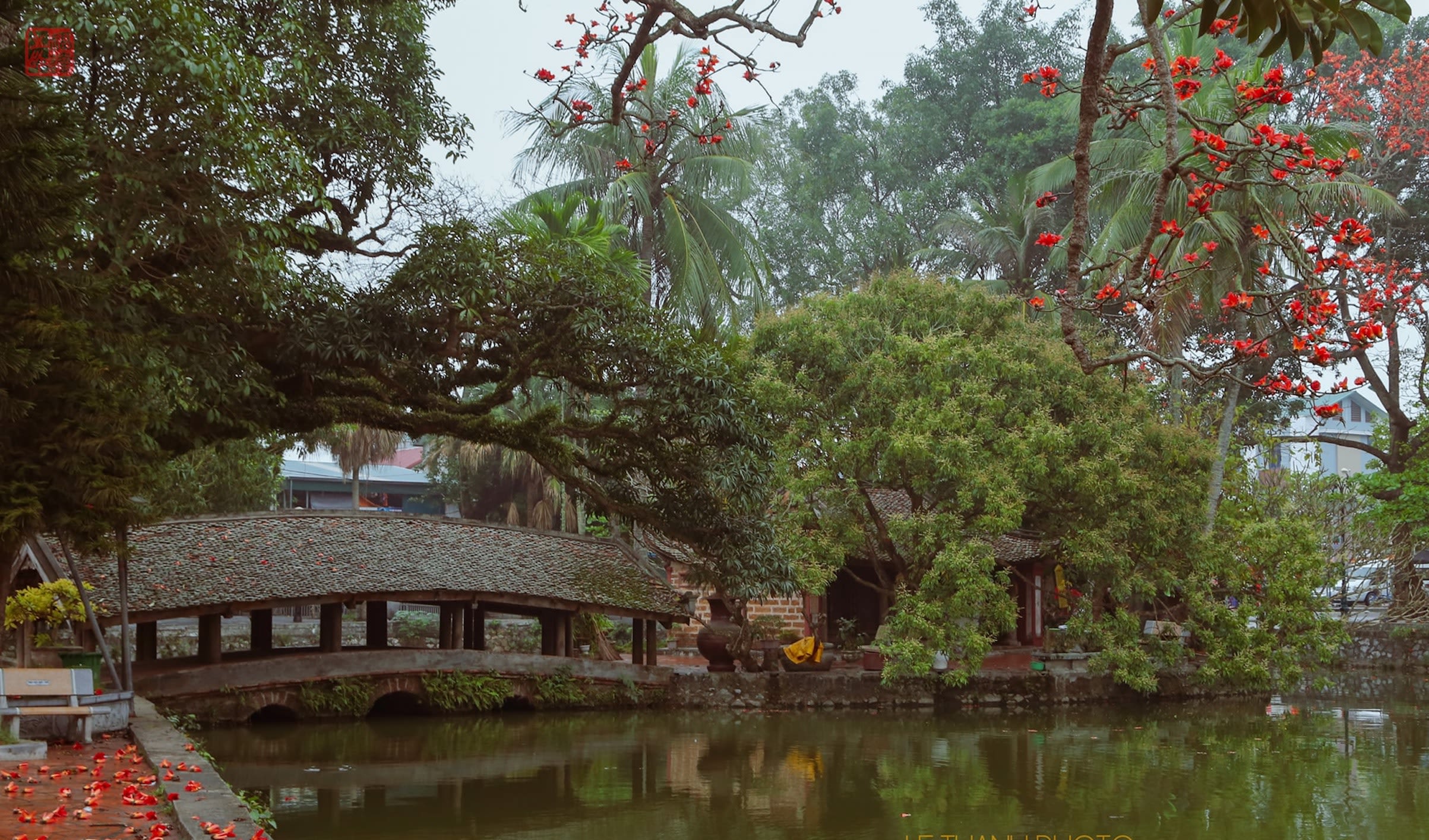
Thay Pagoda (Quoc Oai district) in the season of cotton flowers. (Photo: Le Thanh)
In the field of intangible cultural heritage, implementing the Project of General Inventory and Protection of Intangible Cultural Heritage of the Hanoi Department of Culture and Sports, intangible cultural heritages of the Doai region were reviewed, identified and conservation measures were implemented. Heritages that were at risk of being lost such as: singing Trong Quan in Phuc Tho, singing Do in Quoc Oai... were revived one after another. Activities of Binh Phu water puppetry troupes, Chang Son water puppetry, Thach Xa water puppetry, Thuong Mo ca tru... found new vitality.
As a researcher, musician, and traditional music performer, famous for restoring Xam and some other traditional folk art forms, researcher and musician Nguyen Quang Long commented: “When merging with Hanoi, the cradle of Thang Long culture, which was too strong in all aspects, many people feared that the culture of the Doai region would gradually be forgotten and faded. In the Doai region, traditional cultural features are still cared for, preserved and promoted in value.”
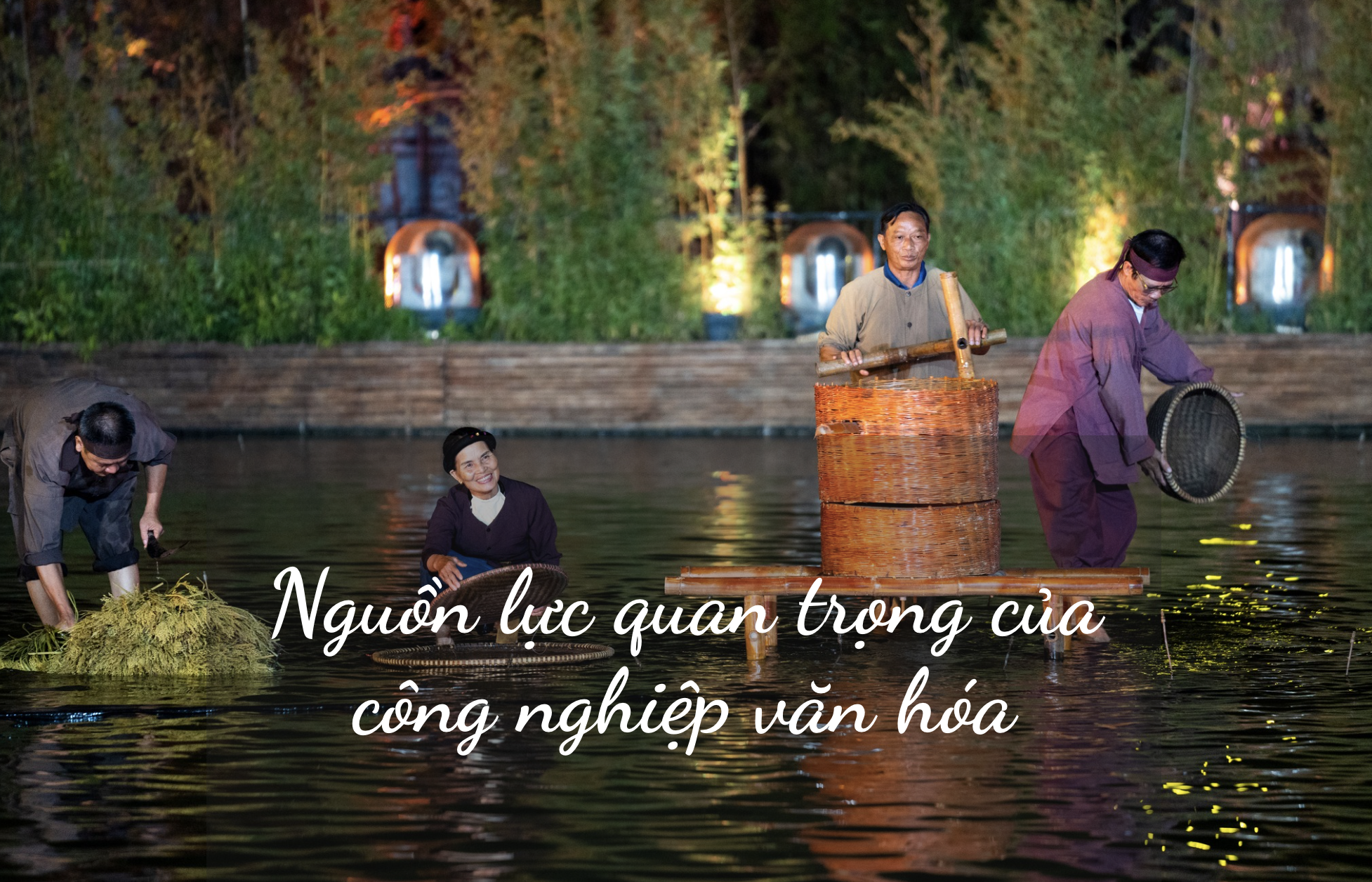
Up to now, the Son Tay Ancient Citadel walking street (Son Tay town) has been operating for more than two years, but its attraction has never diminished. Here, many cultural and artistic performances are held regularly on weekends. The walking street is also a space for organizing art exhibitions, handicrafts, folk games, etc. All these activities turn the walking space around Son Tay Ancient Citadel into an attractive cultural and tourist space. On average, each night, the walking space attracts about 10,000 visitors. On major holidays or when organizing major events, the walking street around Son Tay Ancient Citadel attracts from 25 to 30,000 visitors. The activities of the walking street also help people earn more income, contributing to the development of the inner city economy.
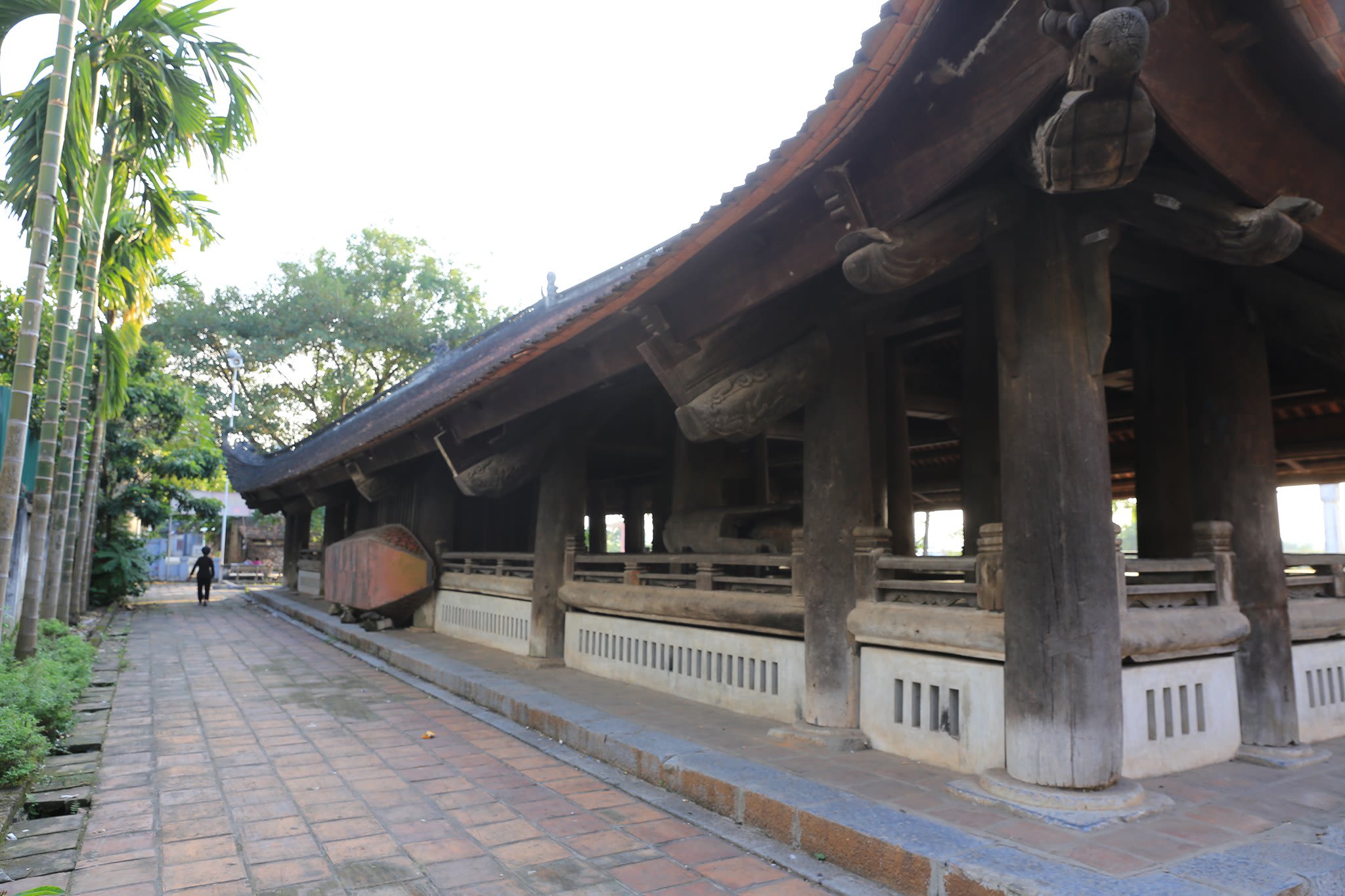
Chu Quyen Communal House, one of the communal houses that made famous "South Bridge, North Pagoda, and West Communal House". (Photo: Tran Trung Ha).
Implementing Resolution No. 09-NQ/TU of the Hanoi Party Committee on "Developing cultural industry in the capital for the period 2021-2025, orientation to 2030, vision to 2045", many cultural heritages of the land of Xu Doai are exploited, promoted, becoming important resources in developing cultural industry, of which the walking street around Son Tay Citadel is one of many activities. Along with Son Tay Citadel, relics such as: Duong Lam Ancient Village, Thay Pagoda, Tay Phuong Pagoda, Hat Mon Temple... have all become attractive tourist destinations.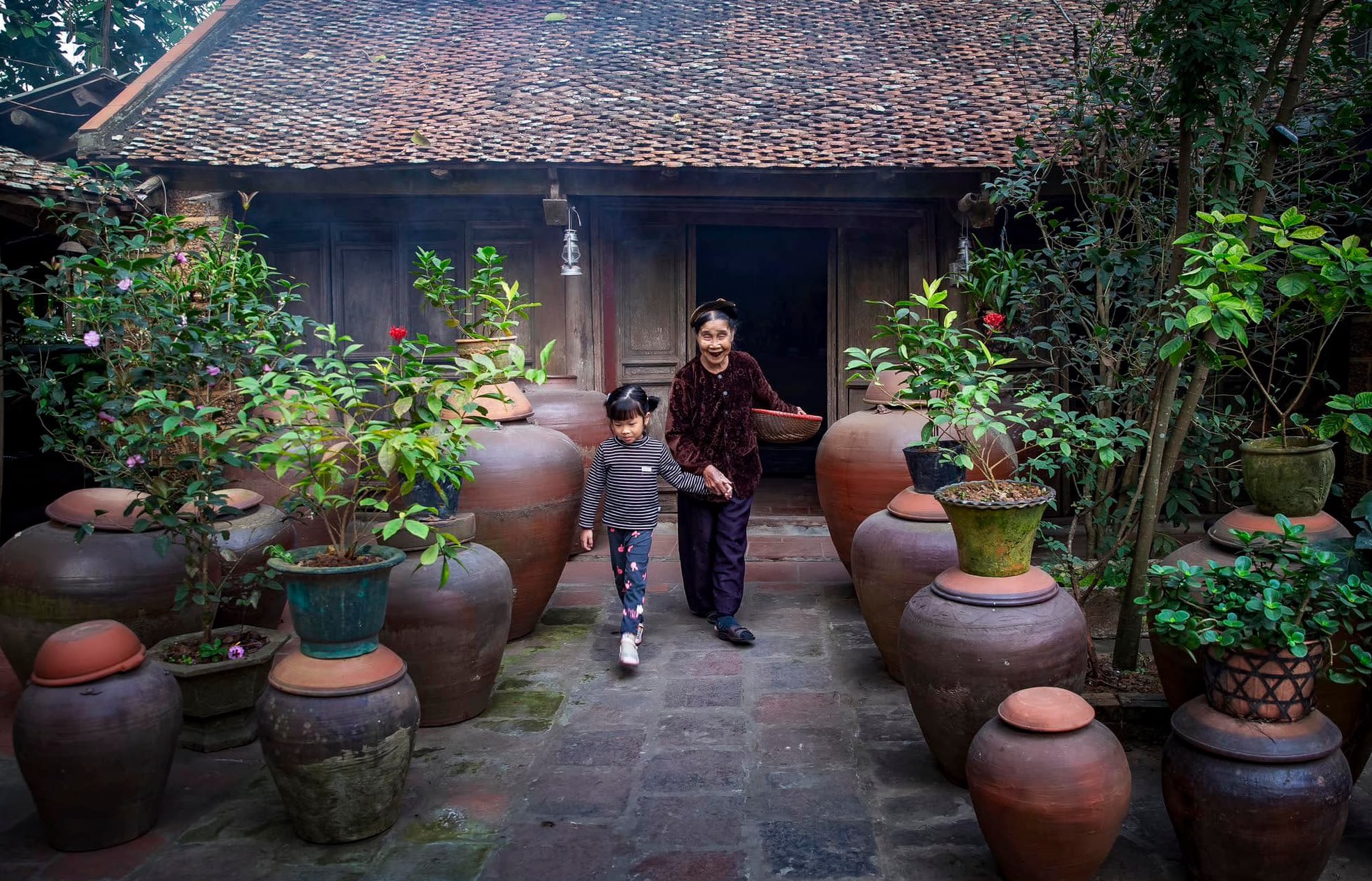
Peaceful, rustic life in Duong Lam ancient village (Photo: Nina May).
Intangible cultural heritages are also “awakened” to participate in cultural industry development activities, especially festivals, folk performing arts, cuisine, etc. One of them is the first live performance of Vietnam - “Quintessence of the North”. This is a typical example of creativity, bringing new values to folk art.
“The Quintessence of the North” has a grand stage scale, modern techniques and a cast of up to 200 people. In the setting of the Doai countryside, the life of the ancient rural people is recreated, from scenes of labor, production, festivals to daily life... That helps the audience clearly feel the simplicity and sincerity of the Doai culture. Interspersed among these activities are folk performing arts such as water puppetry, Chau Van... through the performances of the artists - farmers. Therefore, the play maintains its appeal to the audience, especially to tourists in recent years.
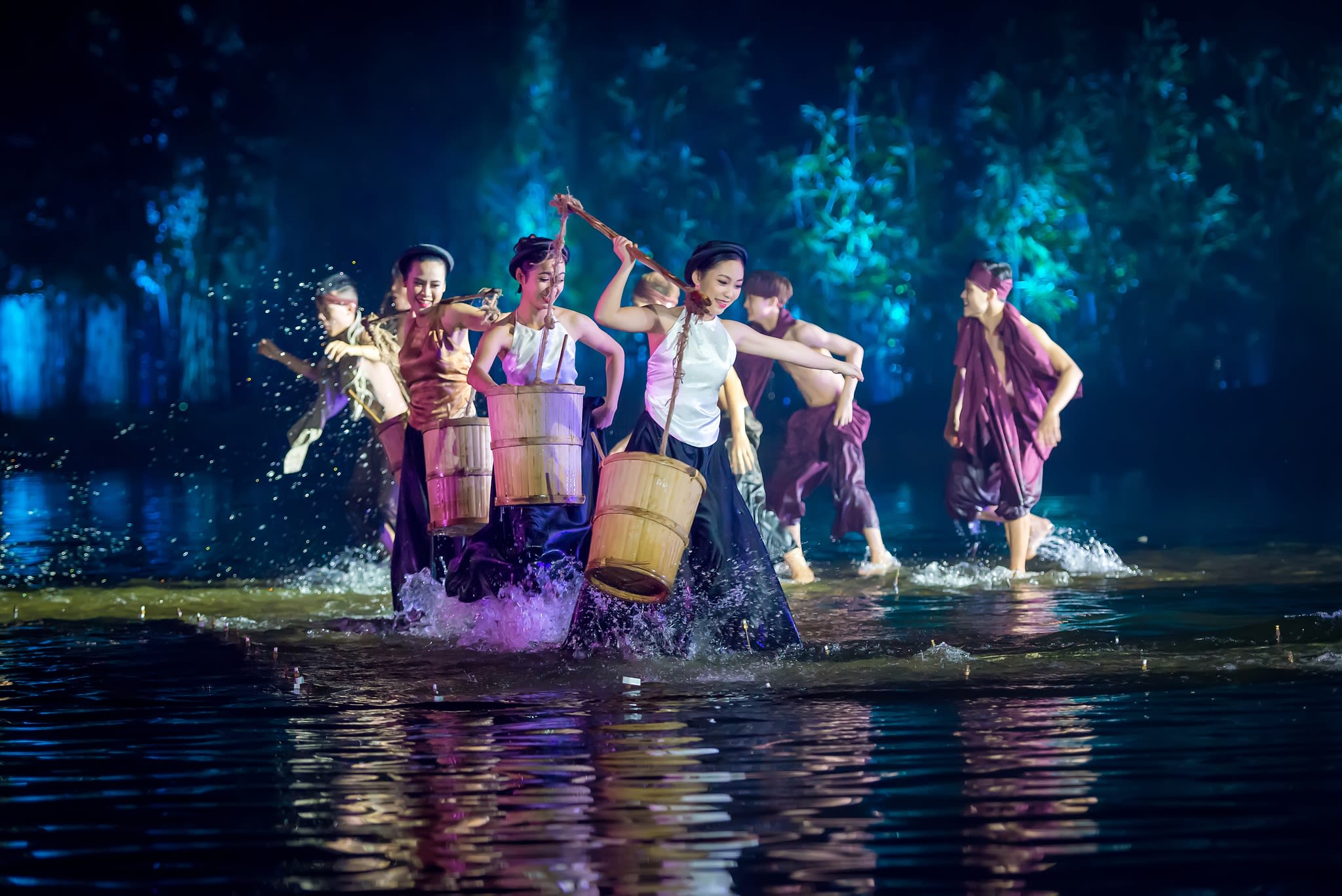
The play Tinh Hoa Bac Bo recreates and honors the beauty of village life. Photo: Tuan Chau Hanoi Joint Stock Company
In addition to the above heritages, the gong performance art of the Muong people has been exploited in many tourist tours; folk performing arts such as water puppetry, ca tru, hat do... are introduced on large stages. Along with that, craft villages such as Chang Son carpentry, Son Dong statue carving, Thach Xa bamboo dragonflies... have become both tourist destinations and produce many handicrafts as gifts, bringing high economic value.
Although there are still many difficulties, especially in terms of human resources and solutions to turn heritage resources into cultural industrial products, the cultural heritage of the Doai region has initially been exploited in the right direction, contributing to changing the lives of the people here; at the same time, through the development of the cultural industry, awareness of this important resource, many heritages are better preserved, creating lasting vitality for the Doai culture.
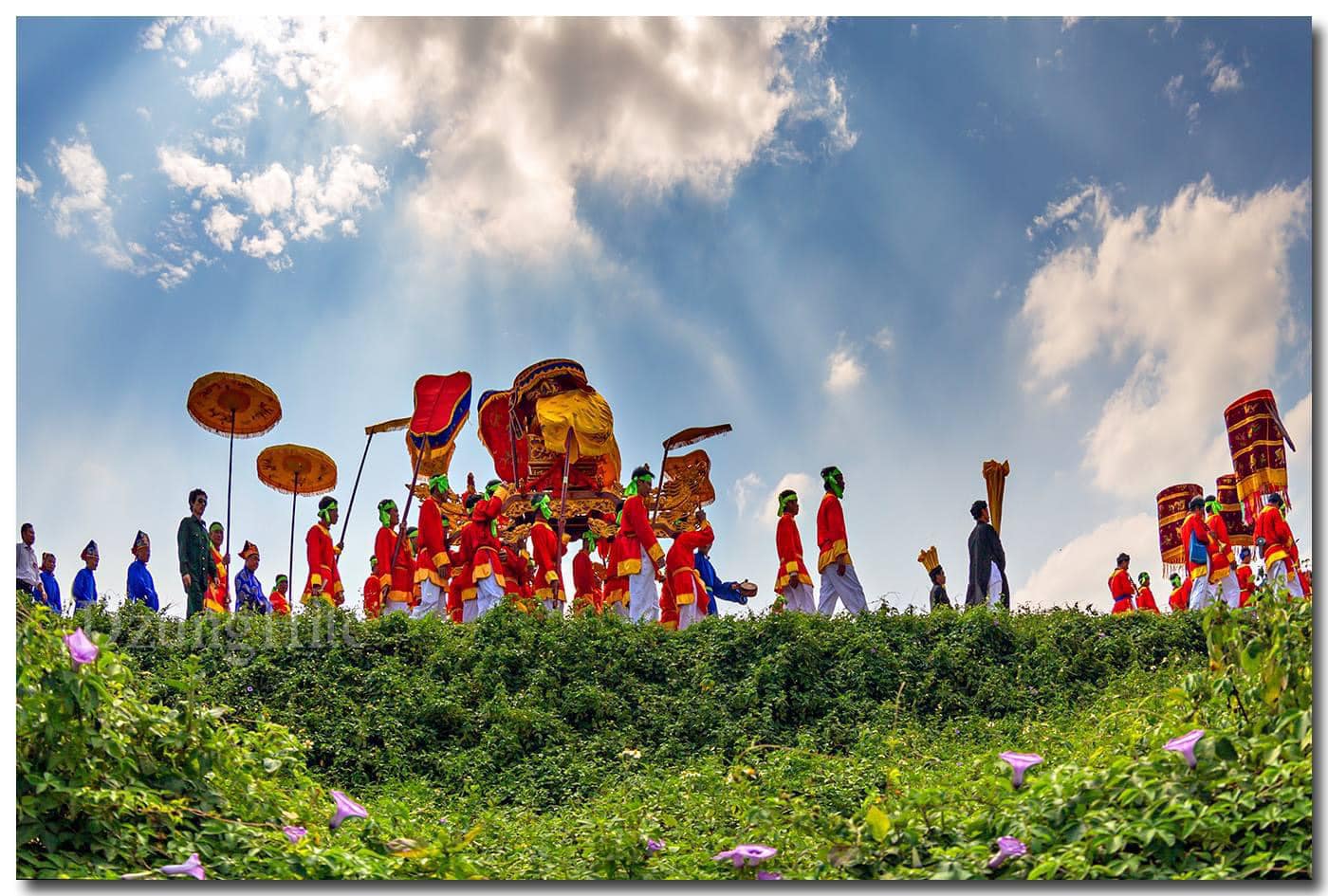
Gia festival procession (Hoai Duc district). Photo: Pham Quoc Dung
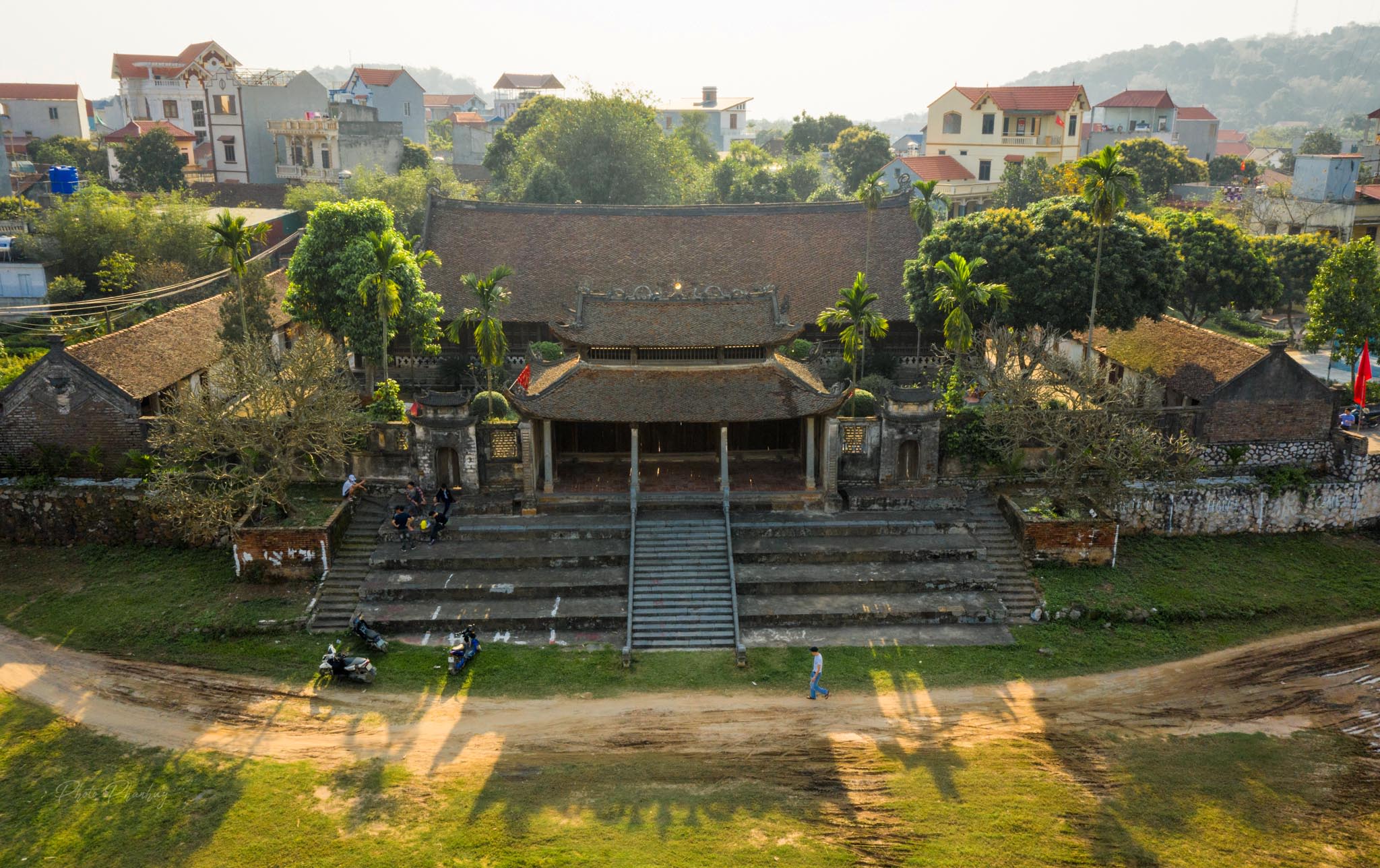
So Communal House (Quoc Oai District), the communal house is known as: The most beautiful communal house in Xu Doai. Photo: Phan Huy.
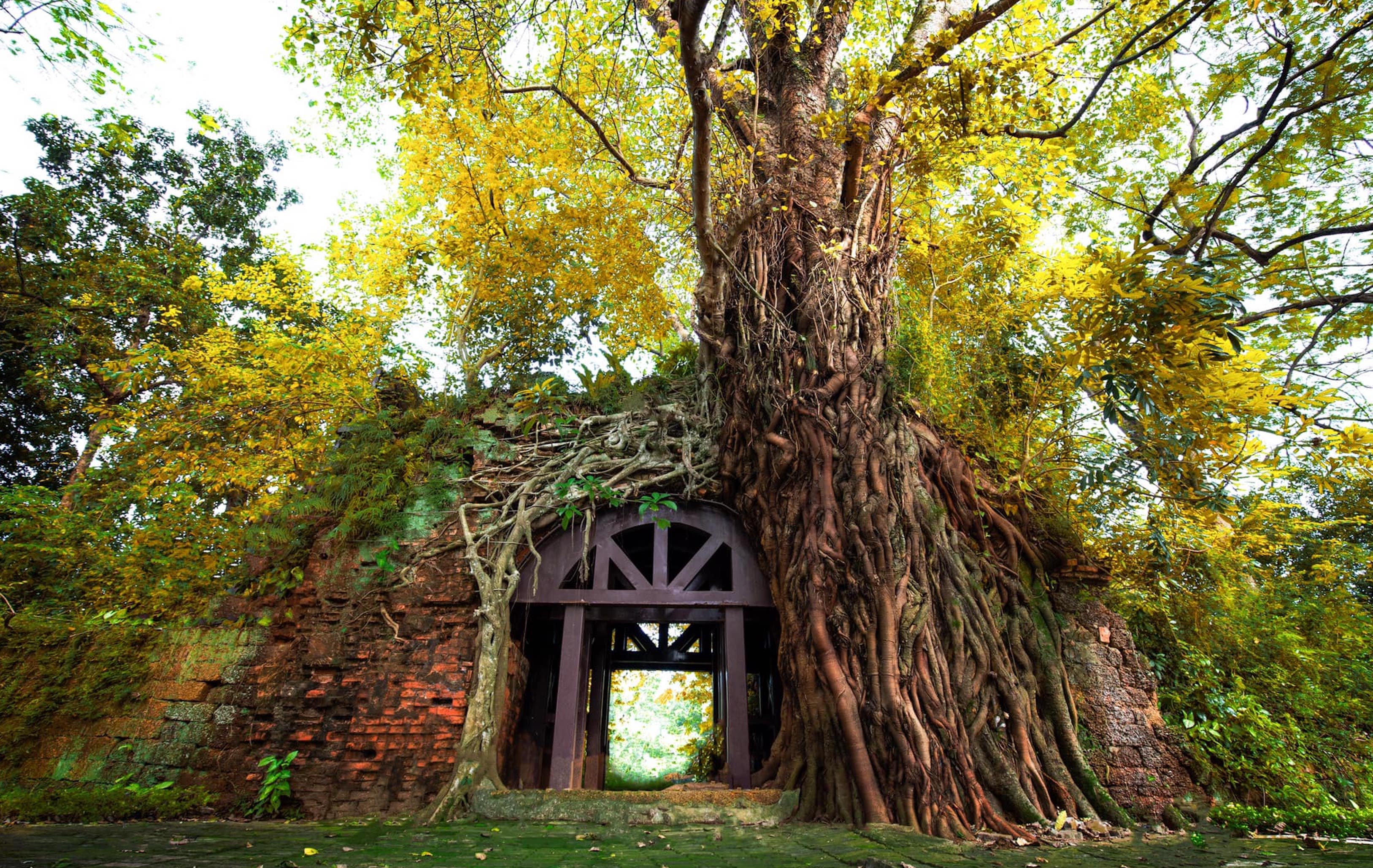
The solemnity of Son Tay Citadel (Photo: Nina May).
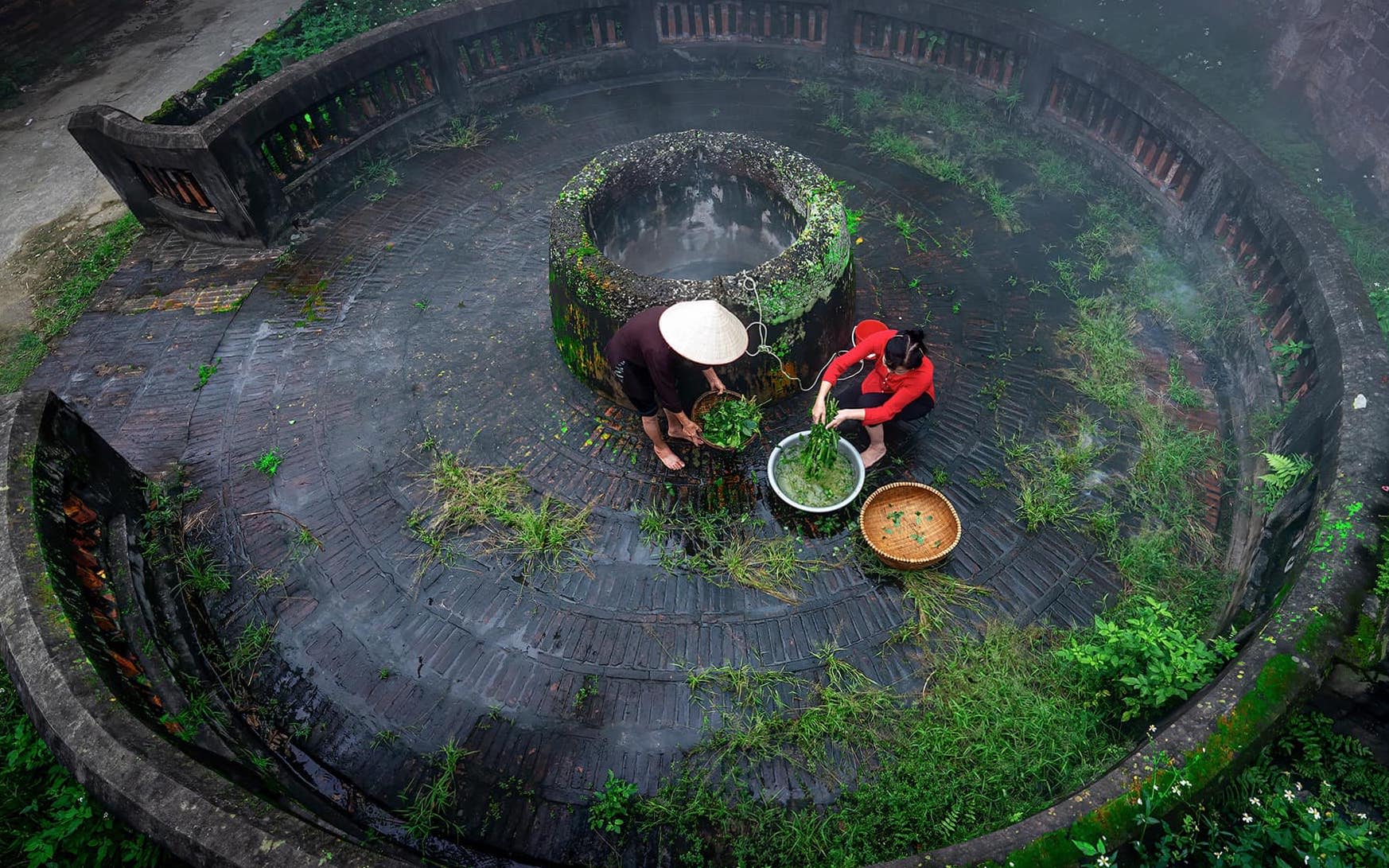
Ancient wells create rustic spaces in Duong Lam ancient village (Son Tay town). Photo: Nina May
Organization: Kieu Huong-Hong Minh Content: Giang Nam Presentation: Bao Minh Photos: Nina May, Pham Quoc Dung, Tran Trung Ha, Le Thanh, Tuan Chau Hanoi Joint Stock Company.
Nhandan.vn
Source: https://special.nhandan.vn/di-san-van-hoa-xu-Doai-Ha-Noi/index.html


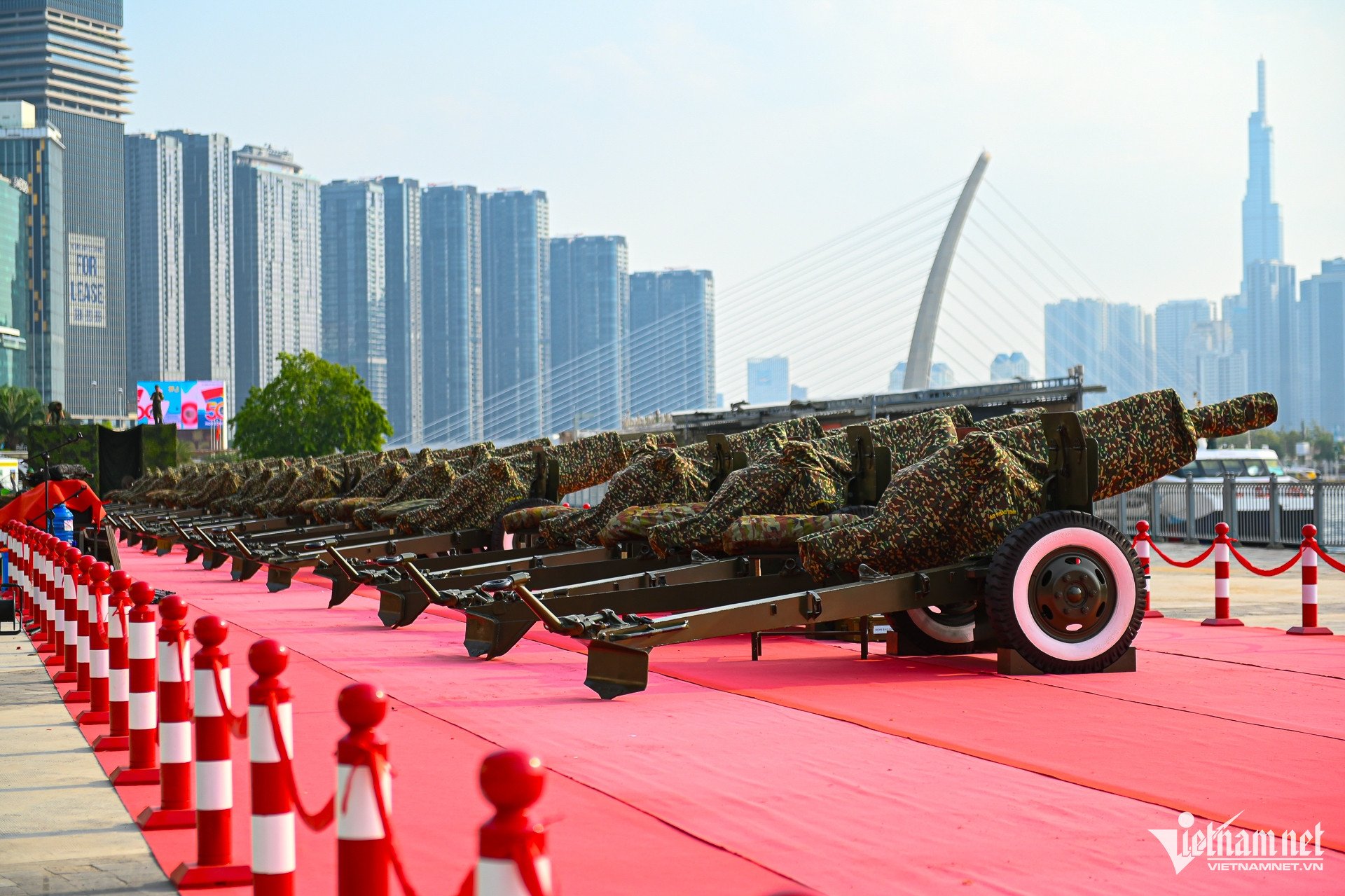
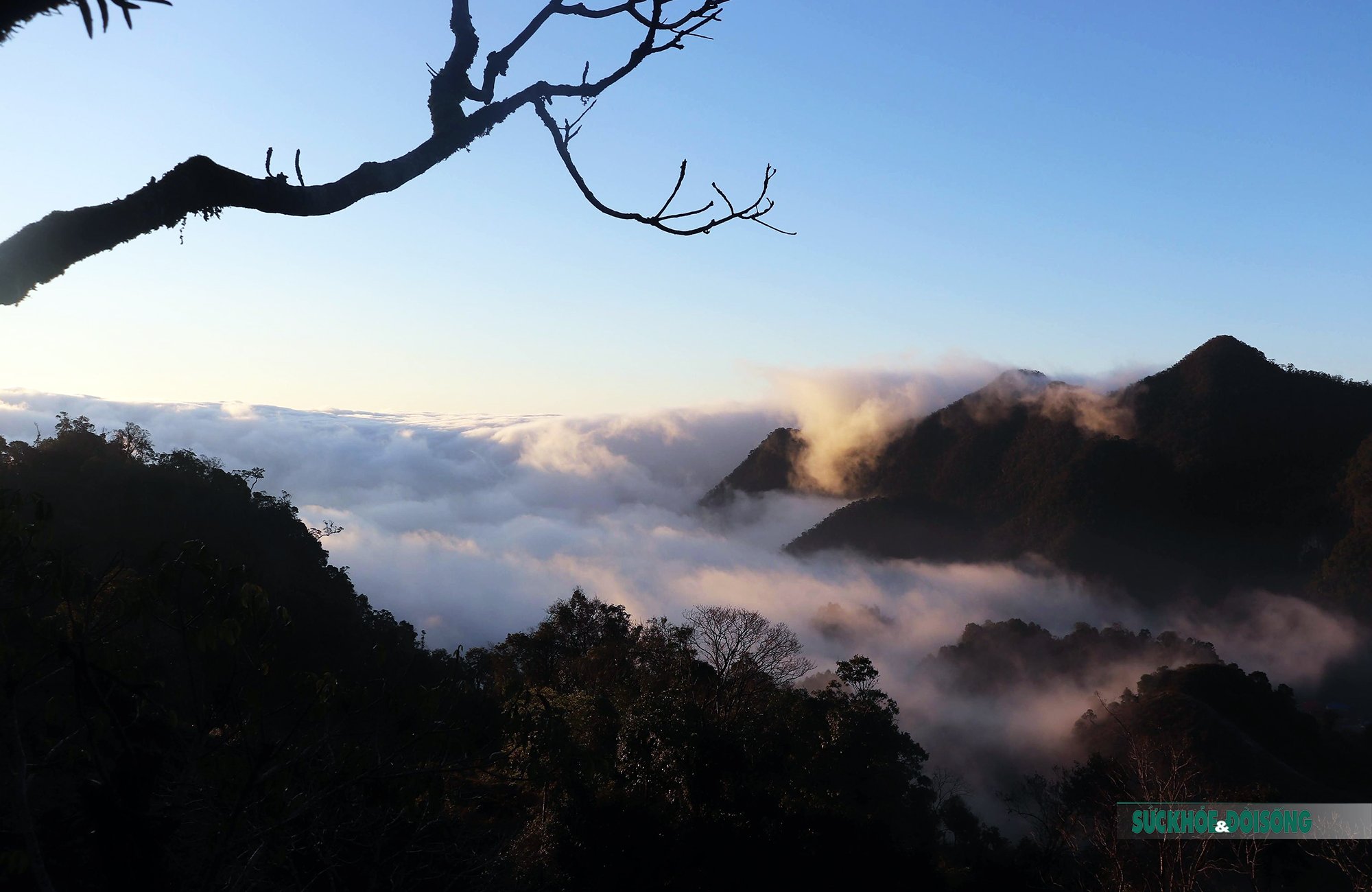
![[Photo] Visiting Cu Chi Tunnels - a heroic underground feat](https://vstatic.vietnam.vn/vietnam/resource/IMAGE/2025/4/8/06cb489403514b878768dd7262daba0b)
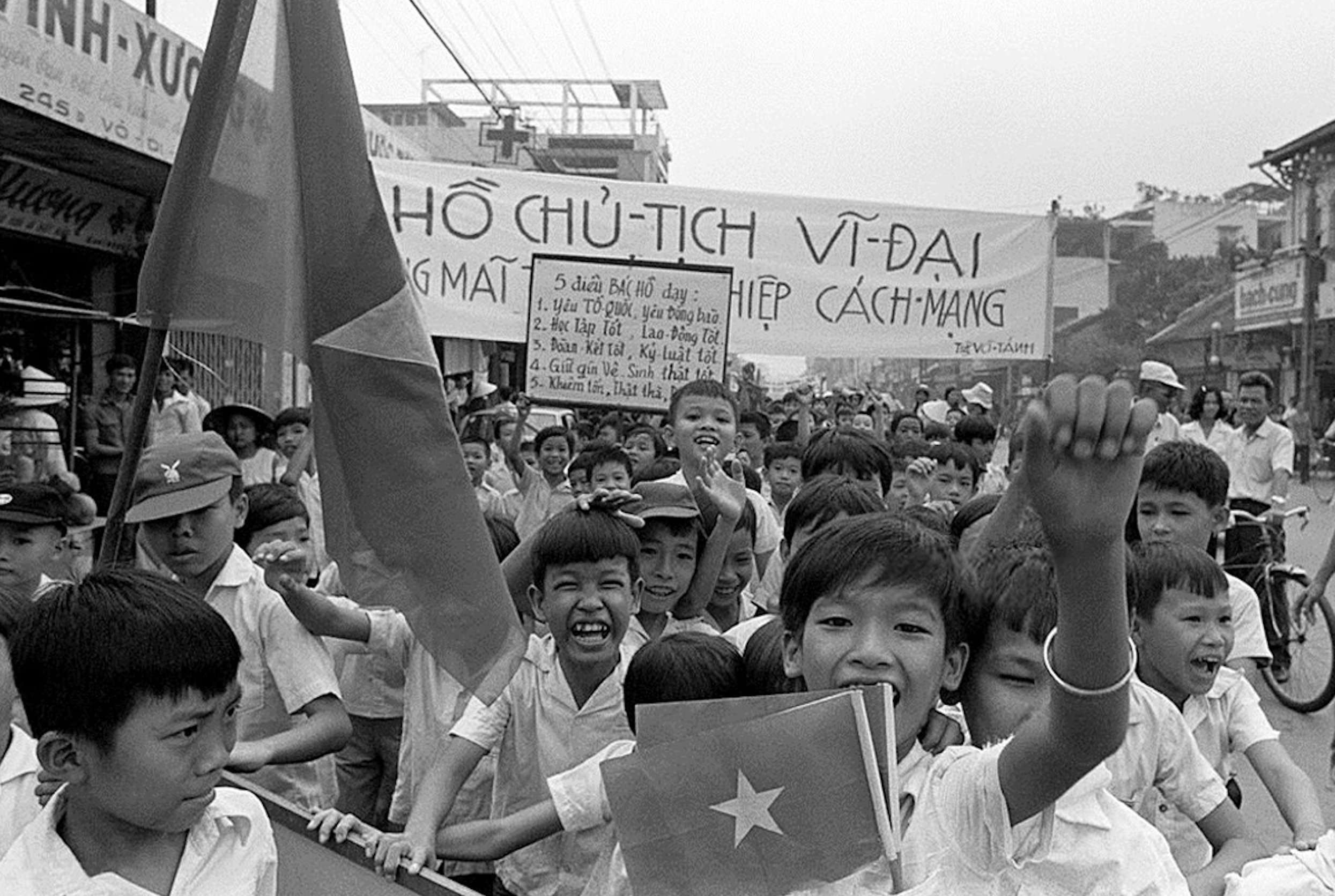
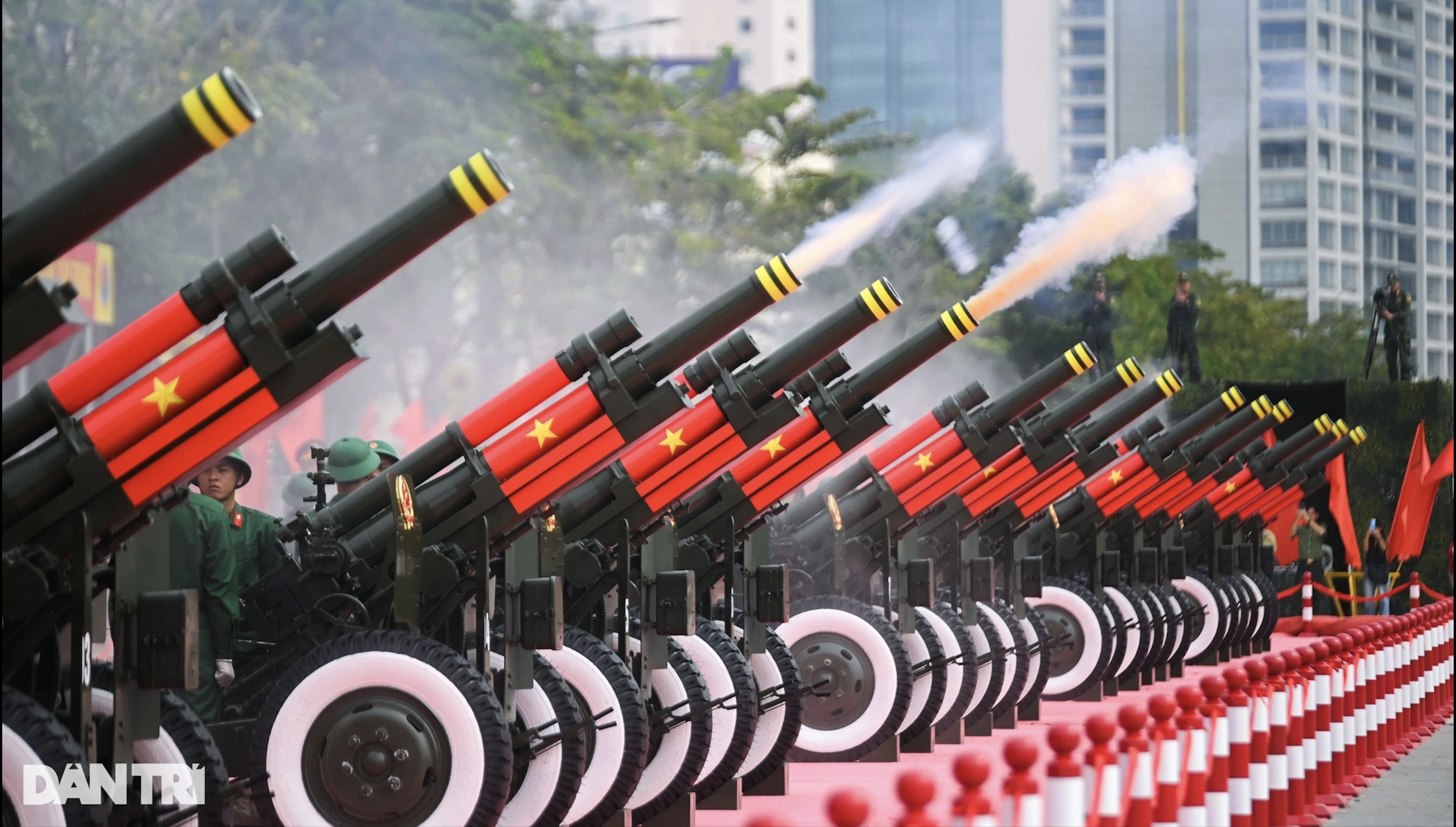
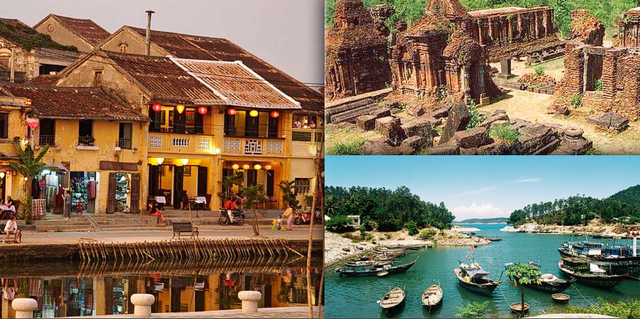

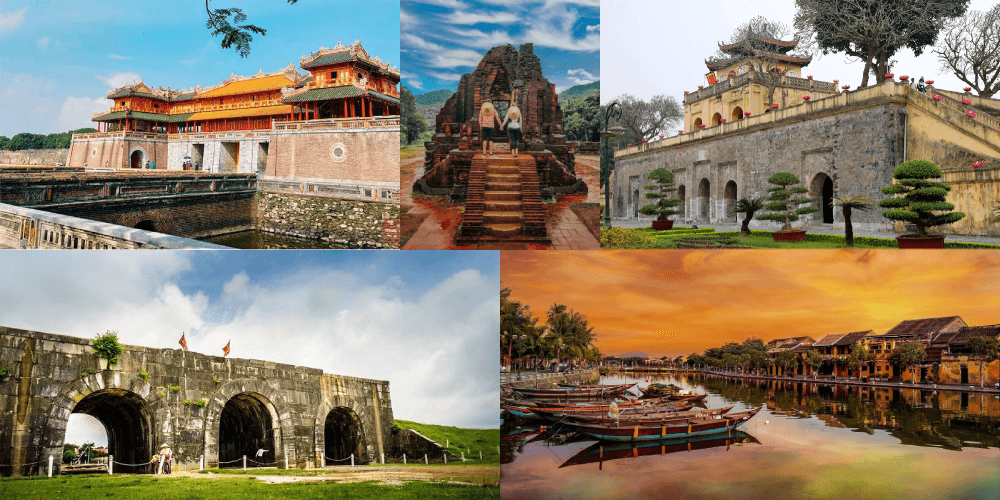

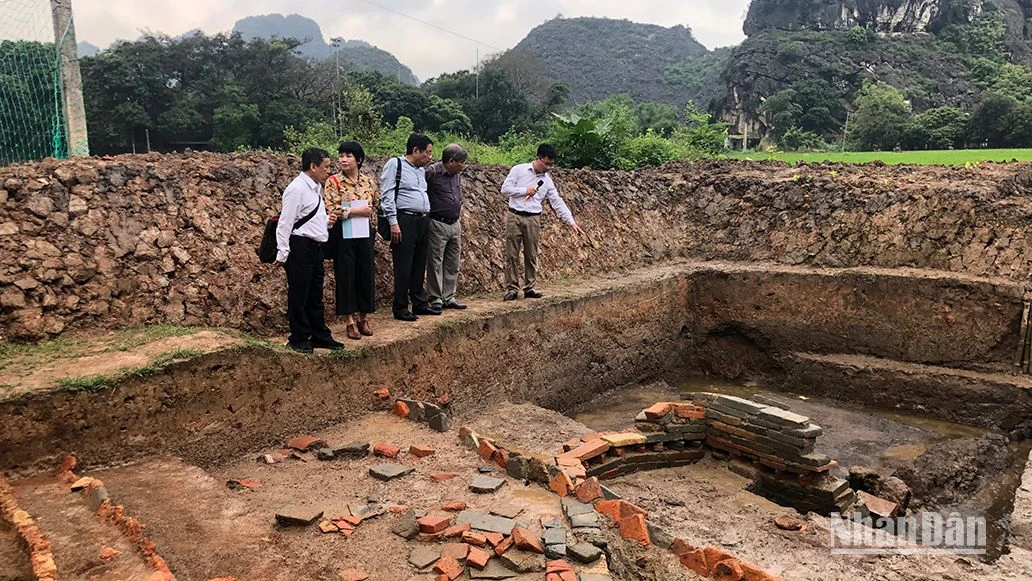
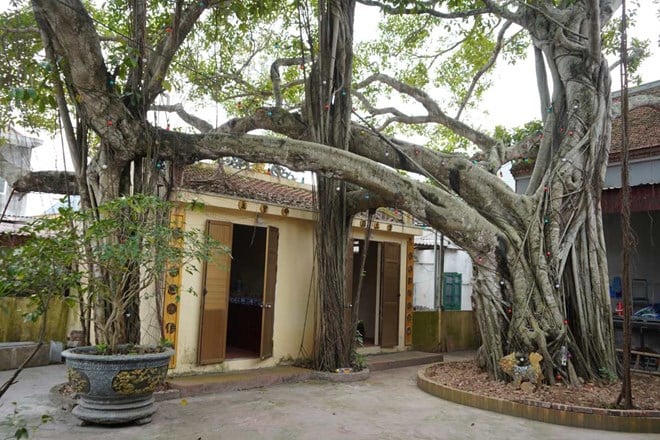

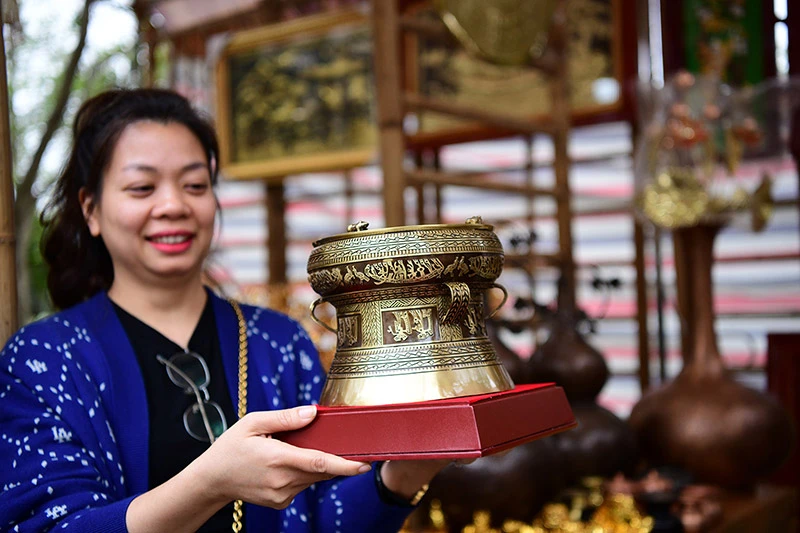


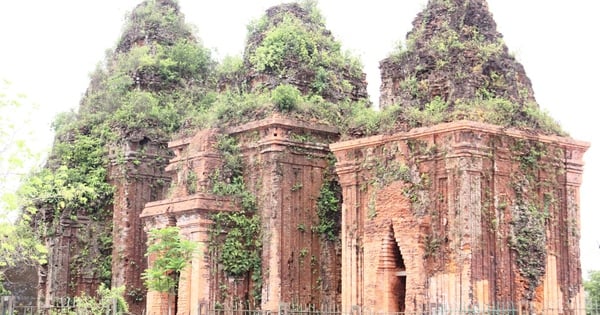

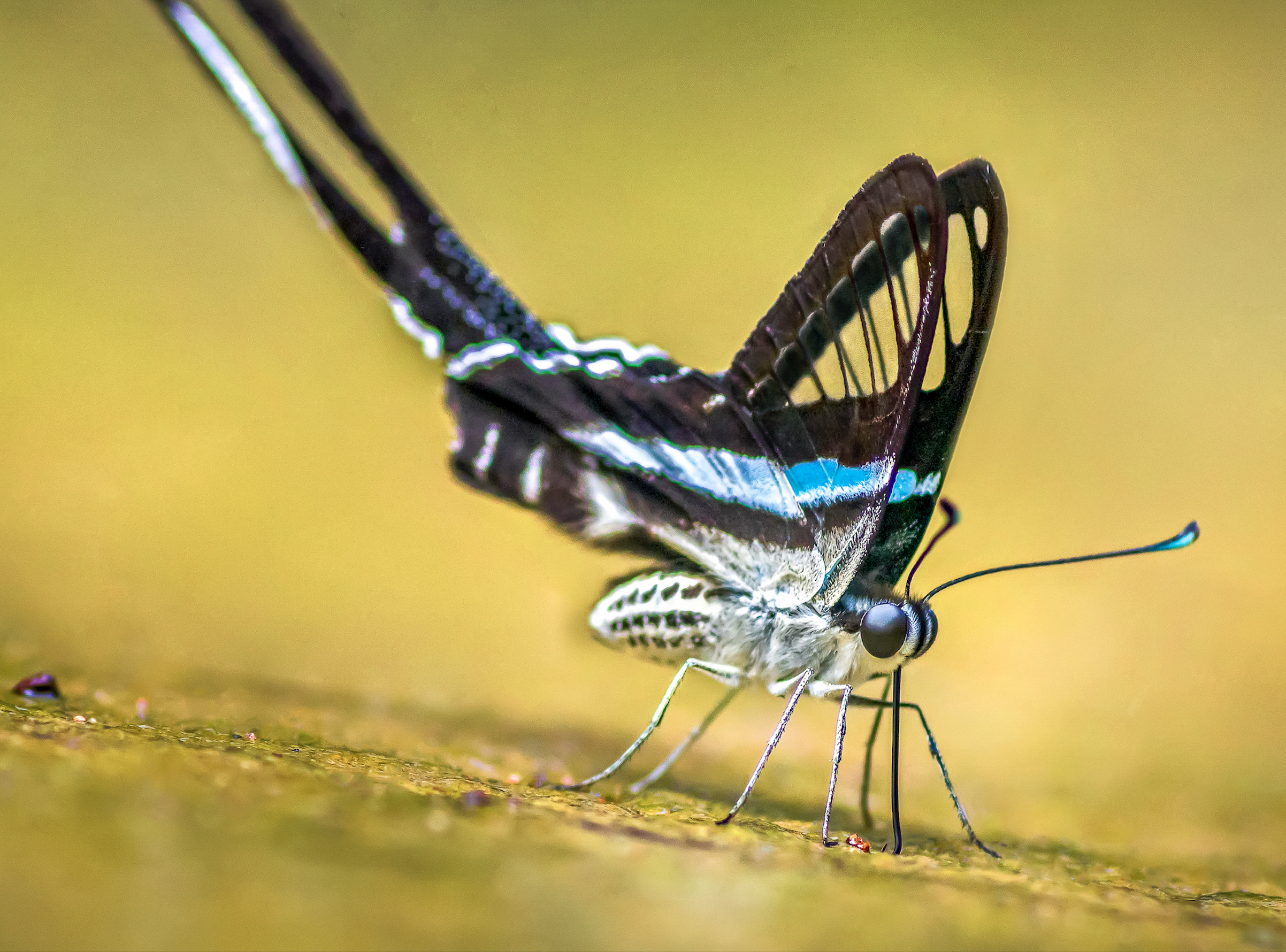

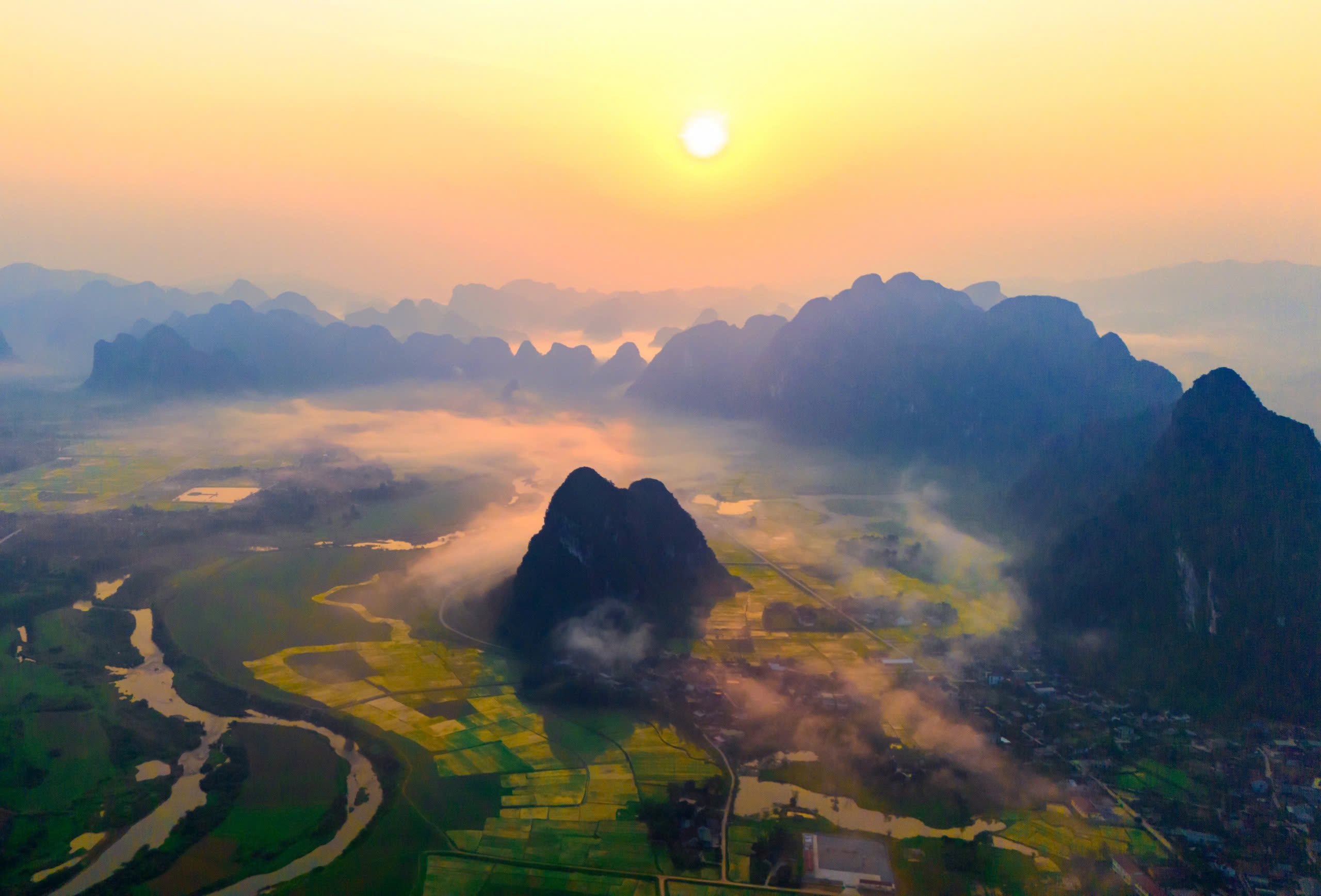
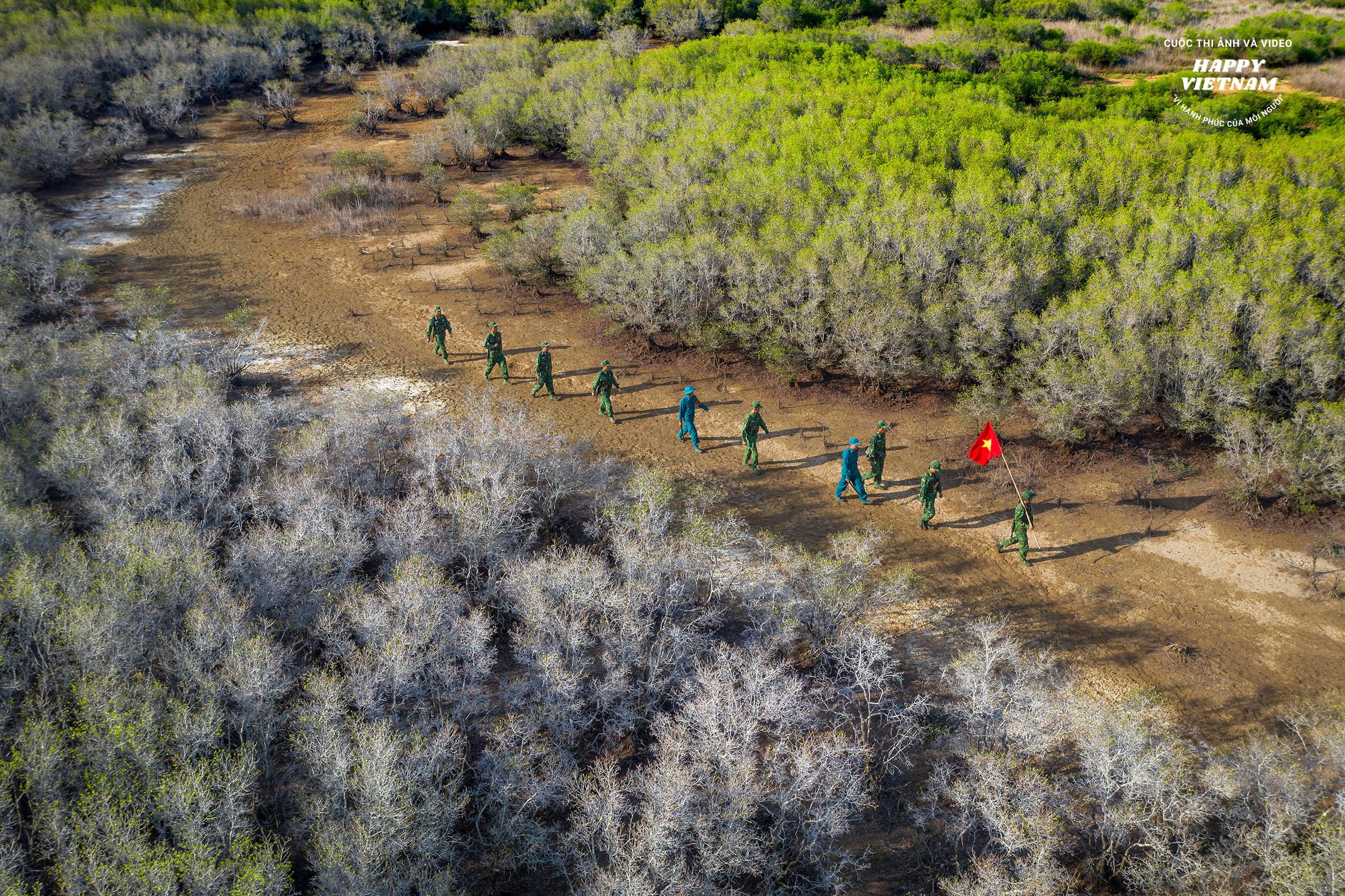

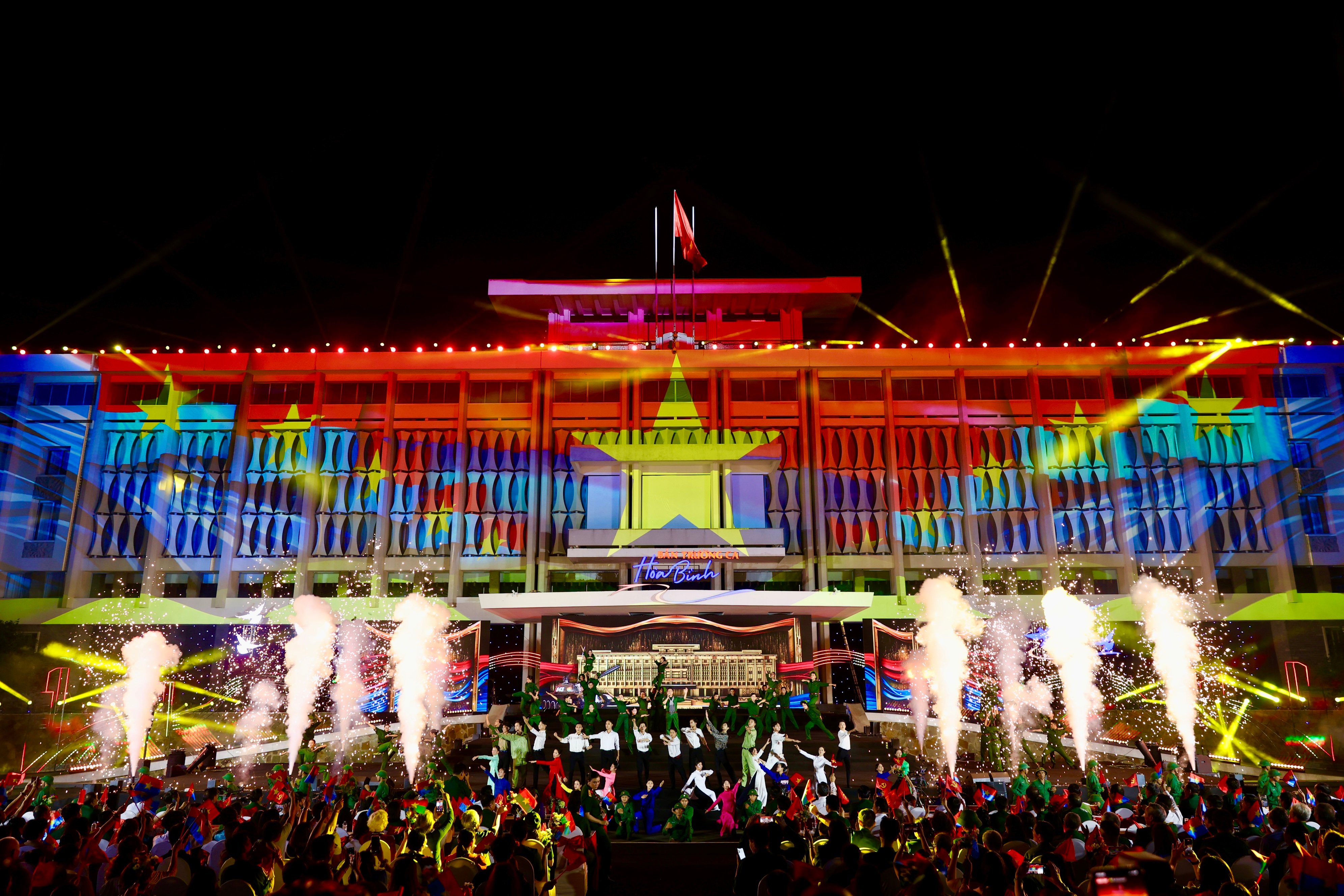
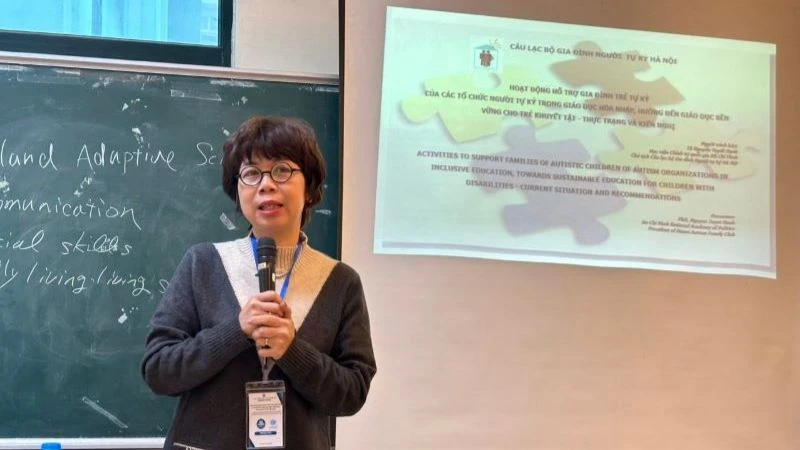

![[Infographic] Cu Chi Tunnels - Underground Village](https://vstatic.vietnam.vn/vietnam/resource/IMAGE/2025/4/8/d69d9caa3f89479c809867b18bacfefb)
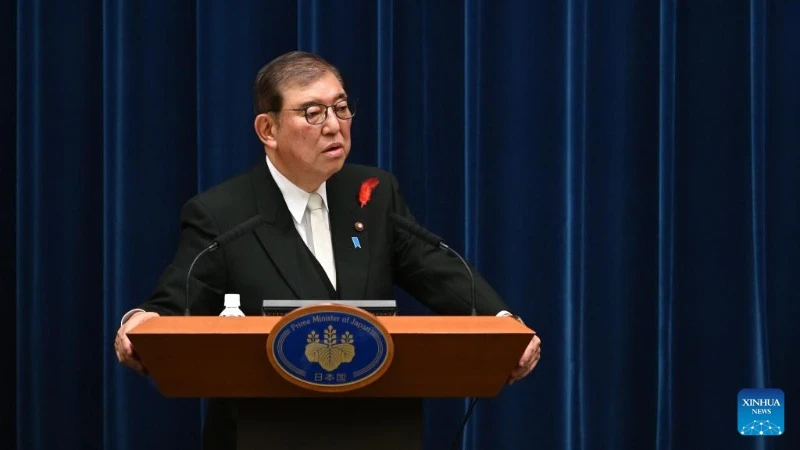

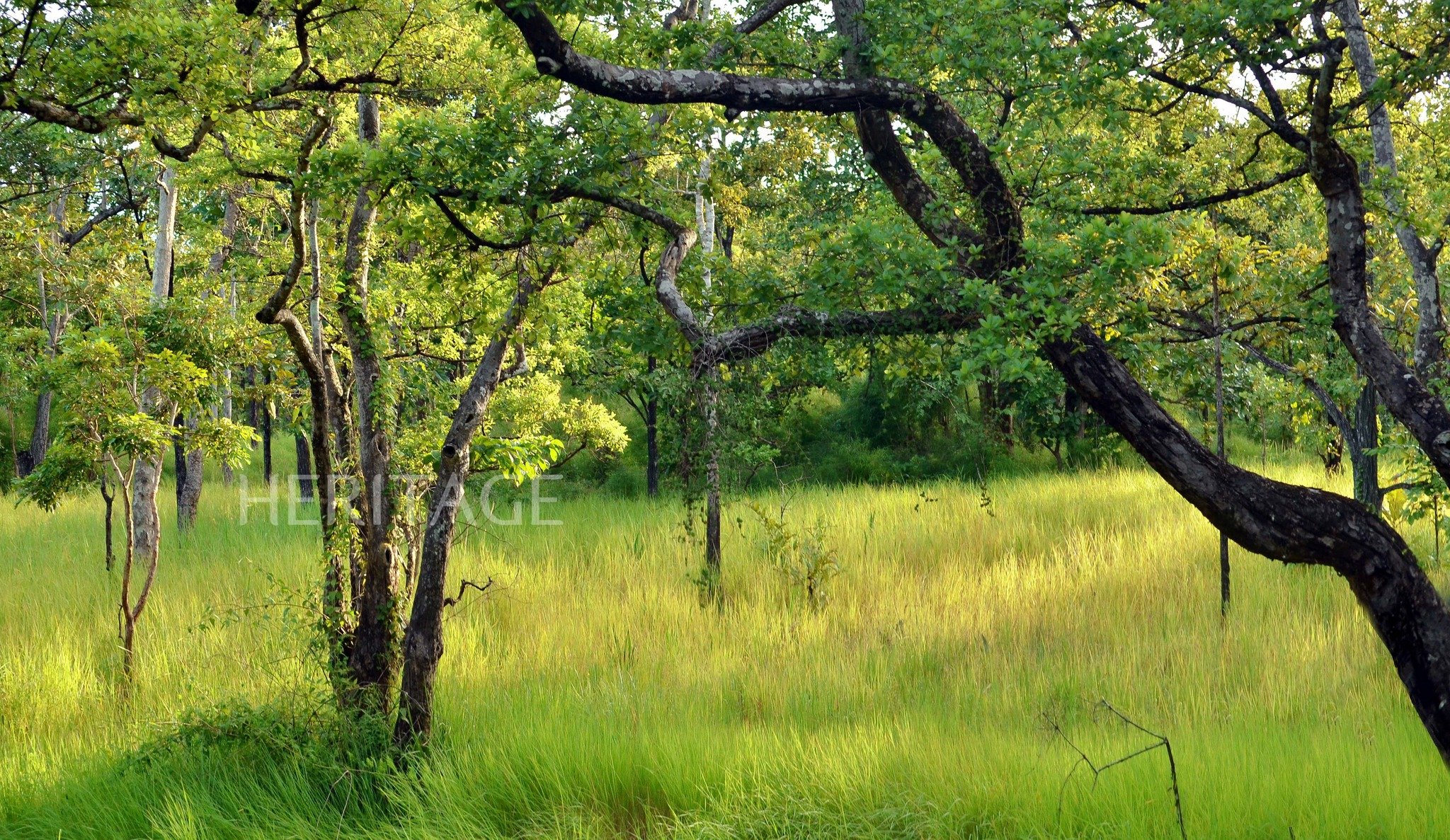

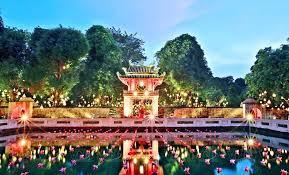

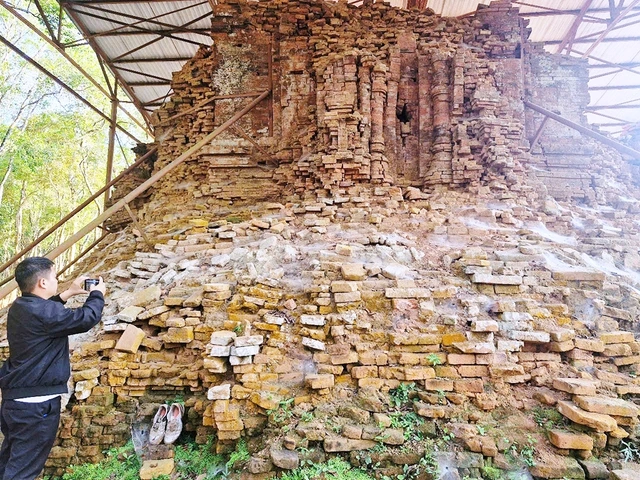

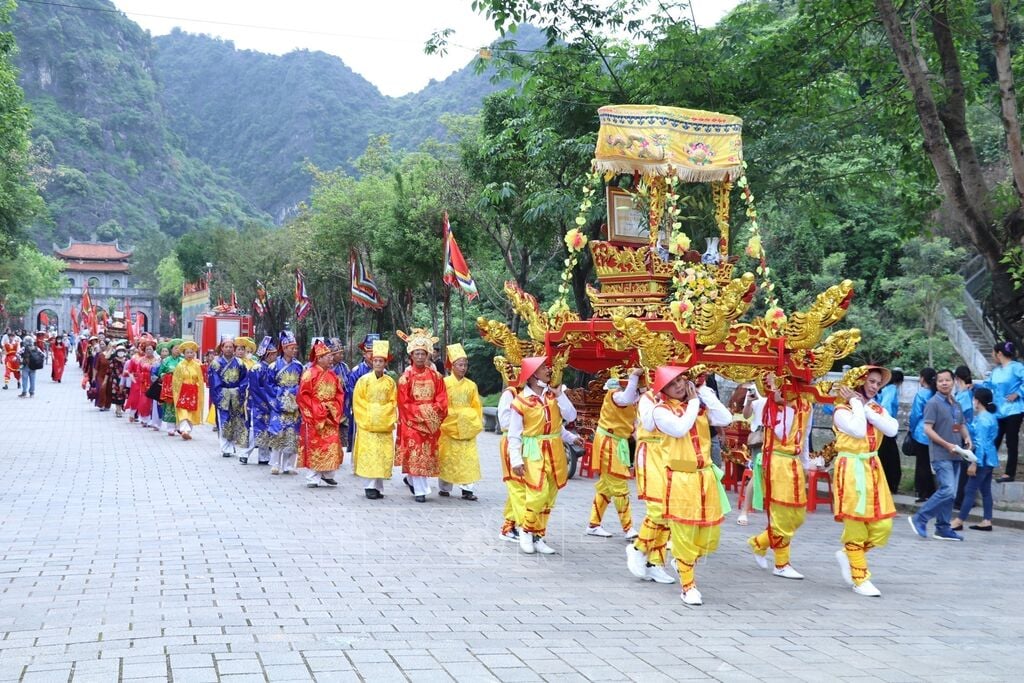

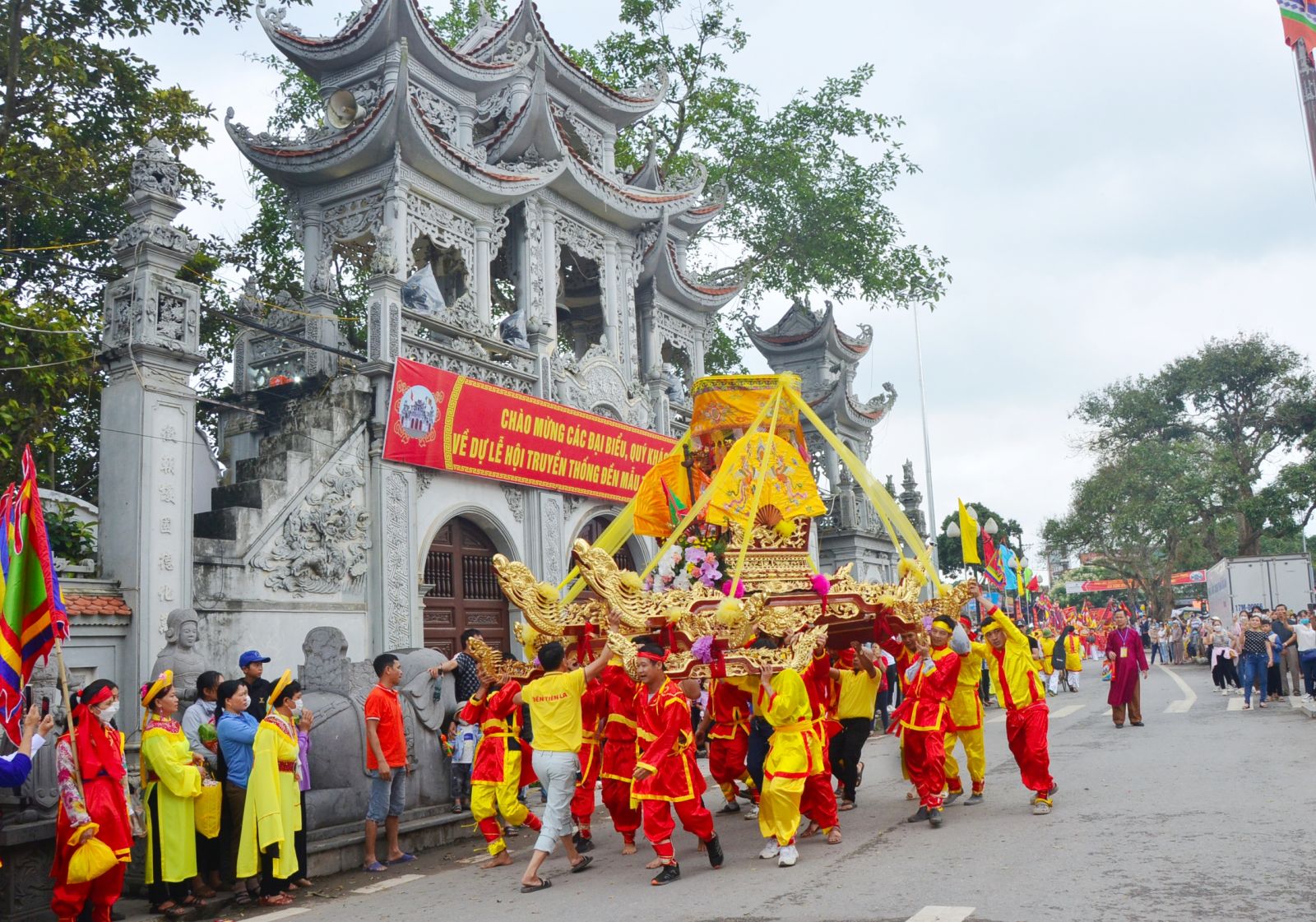

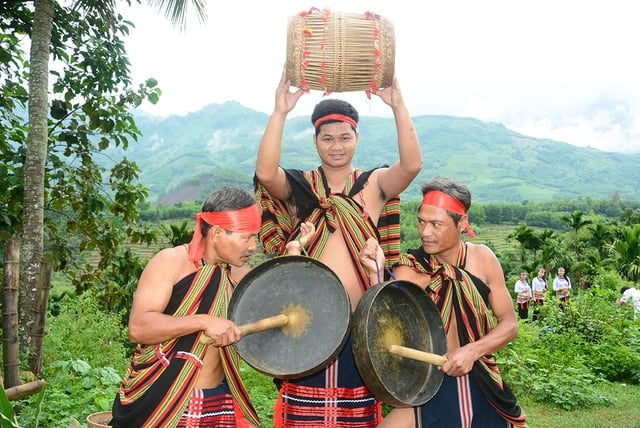
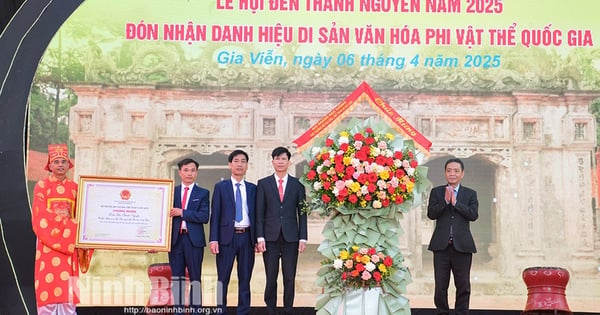


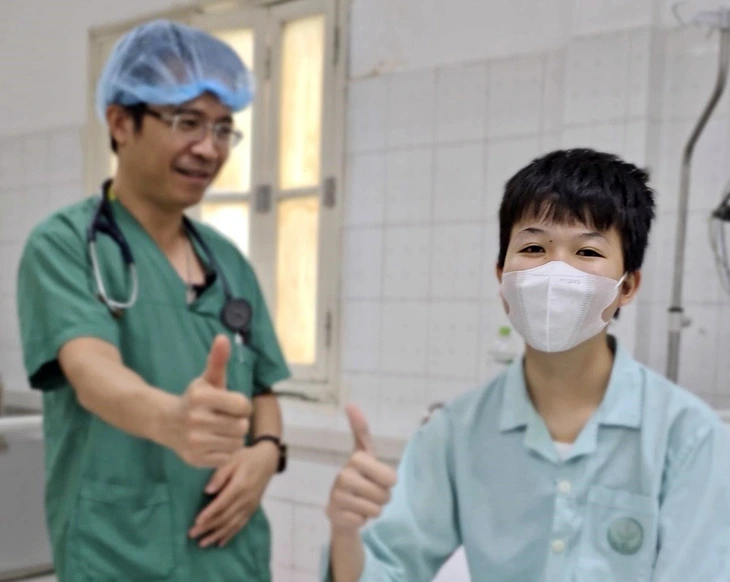



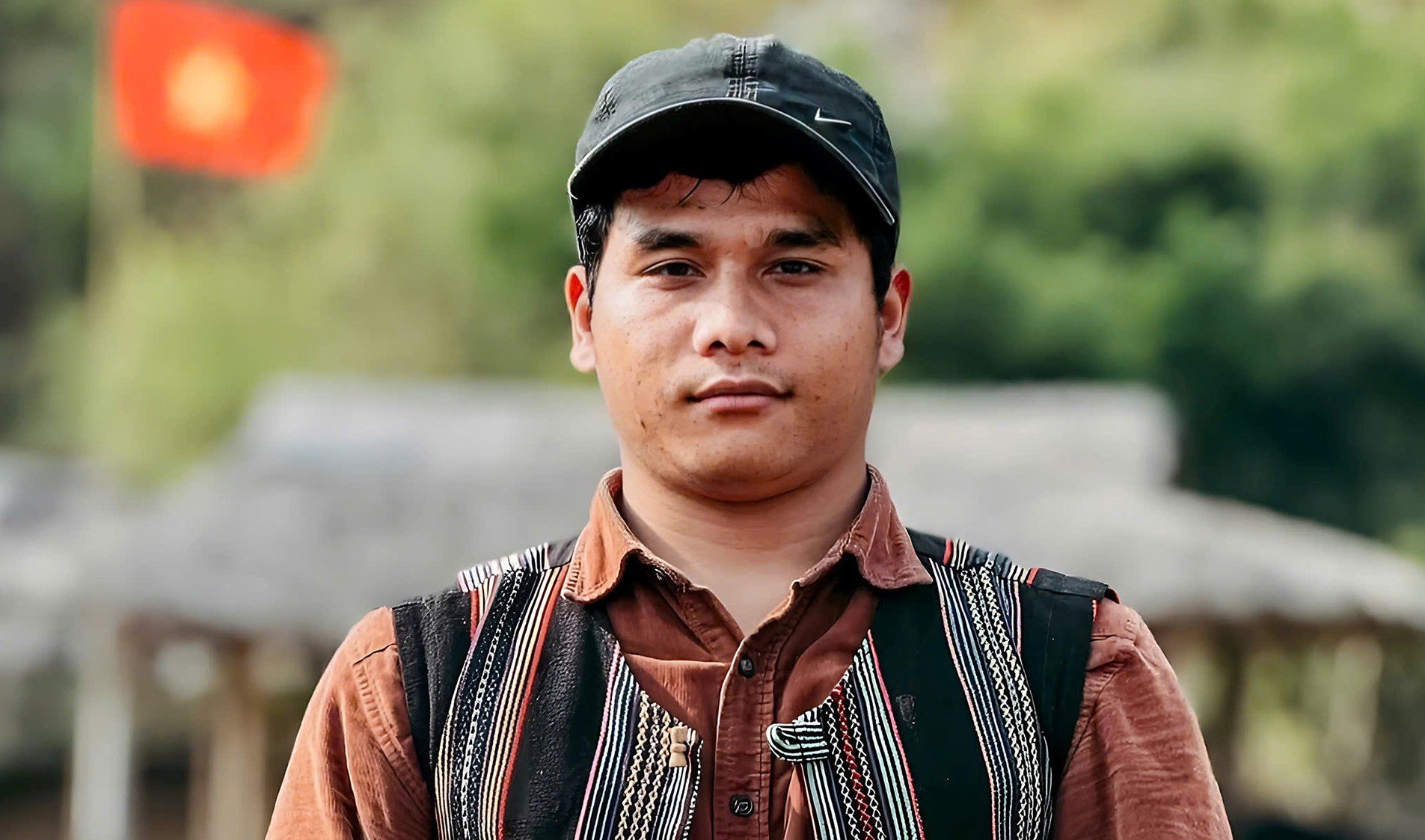

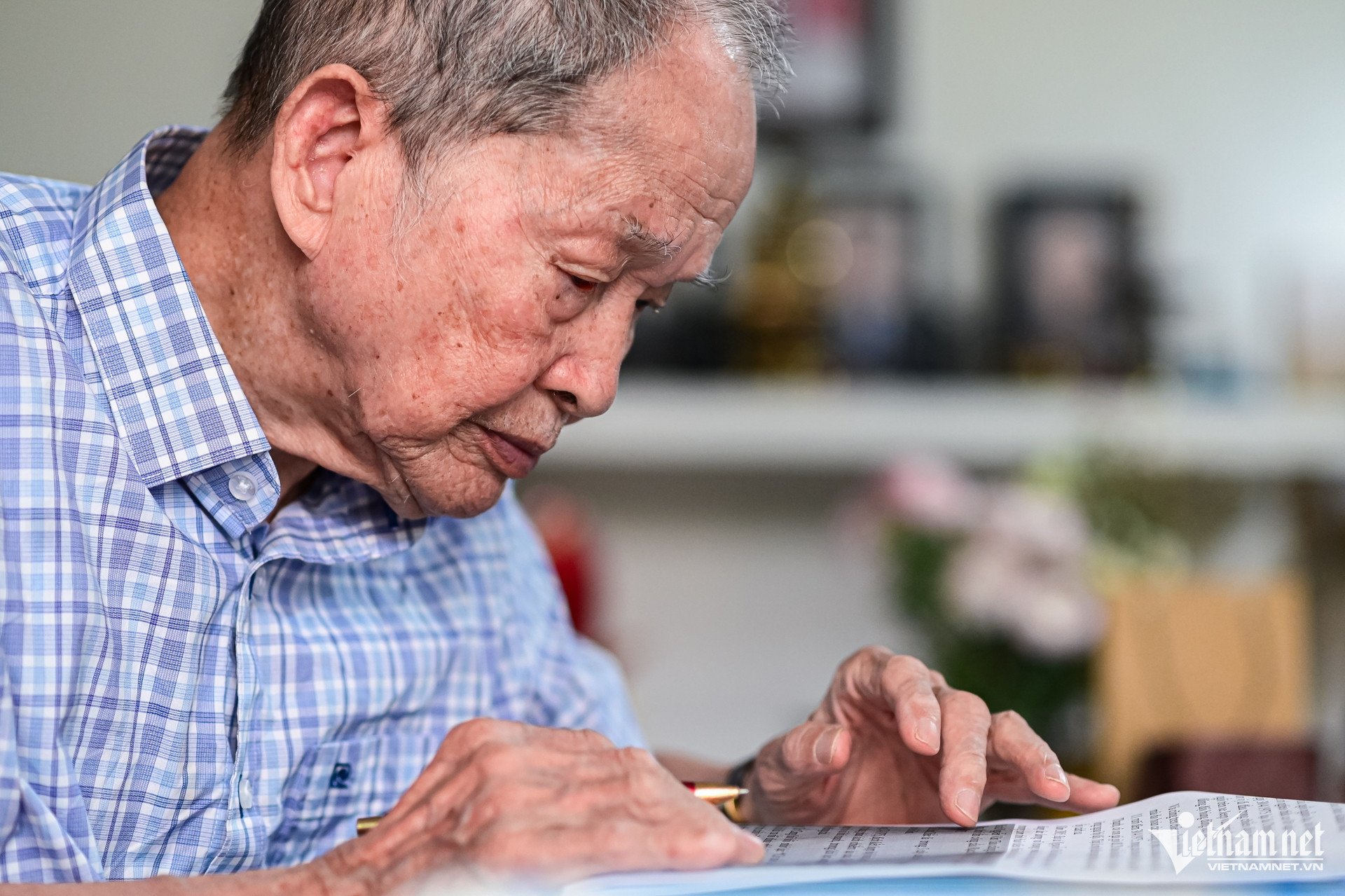
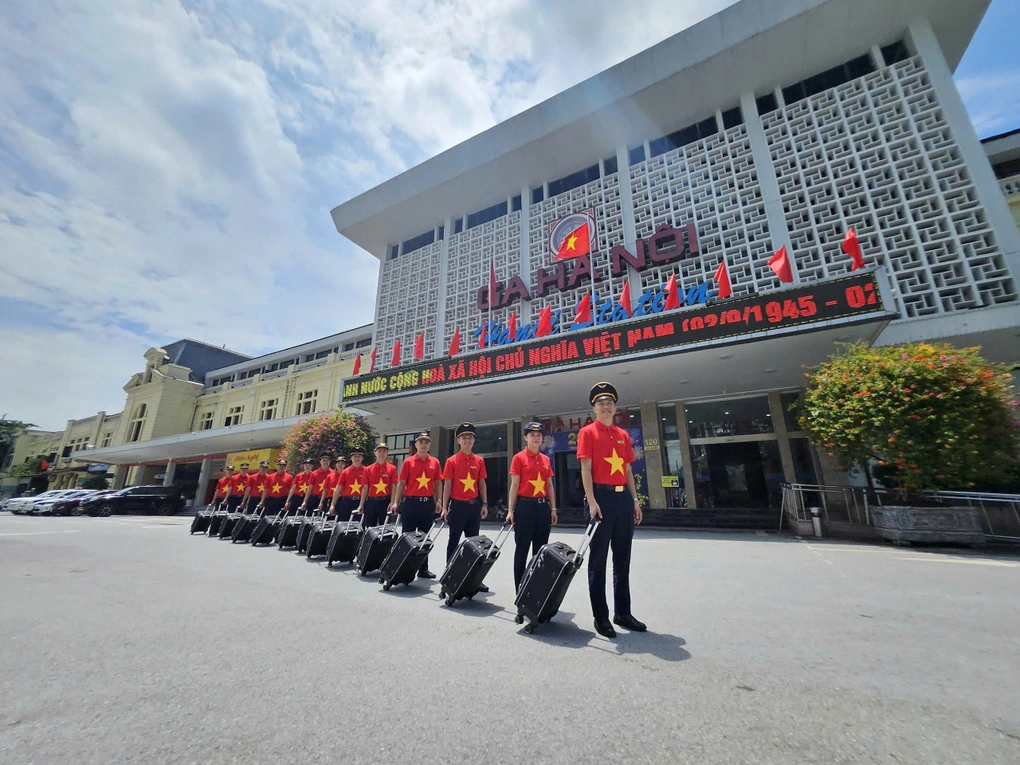





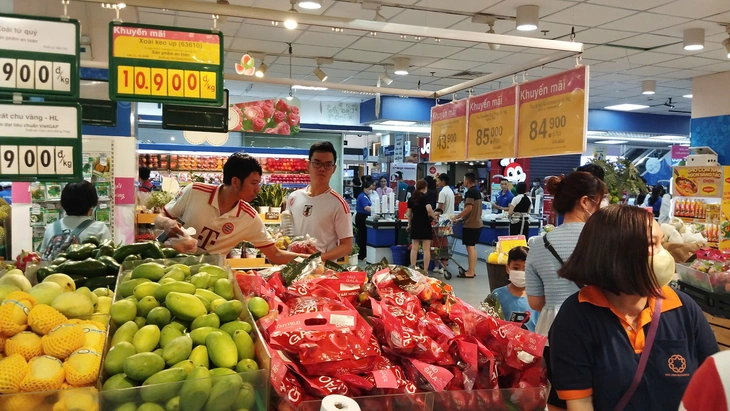


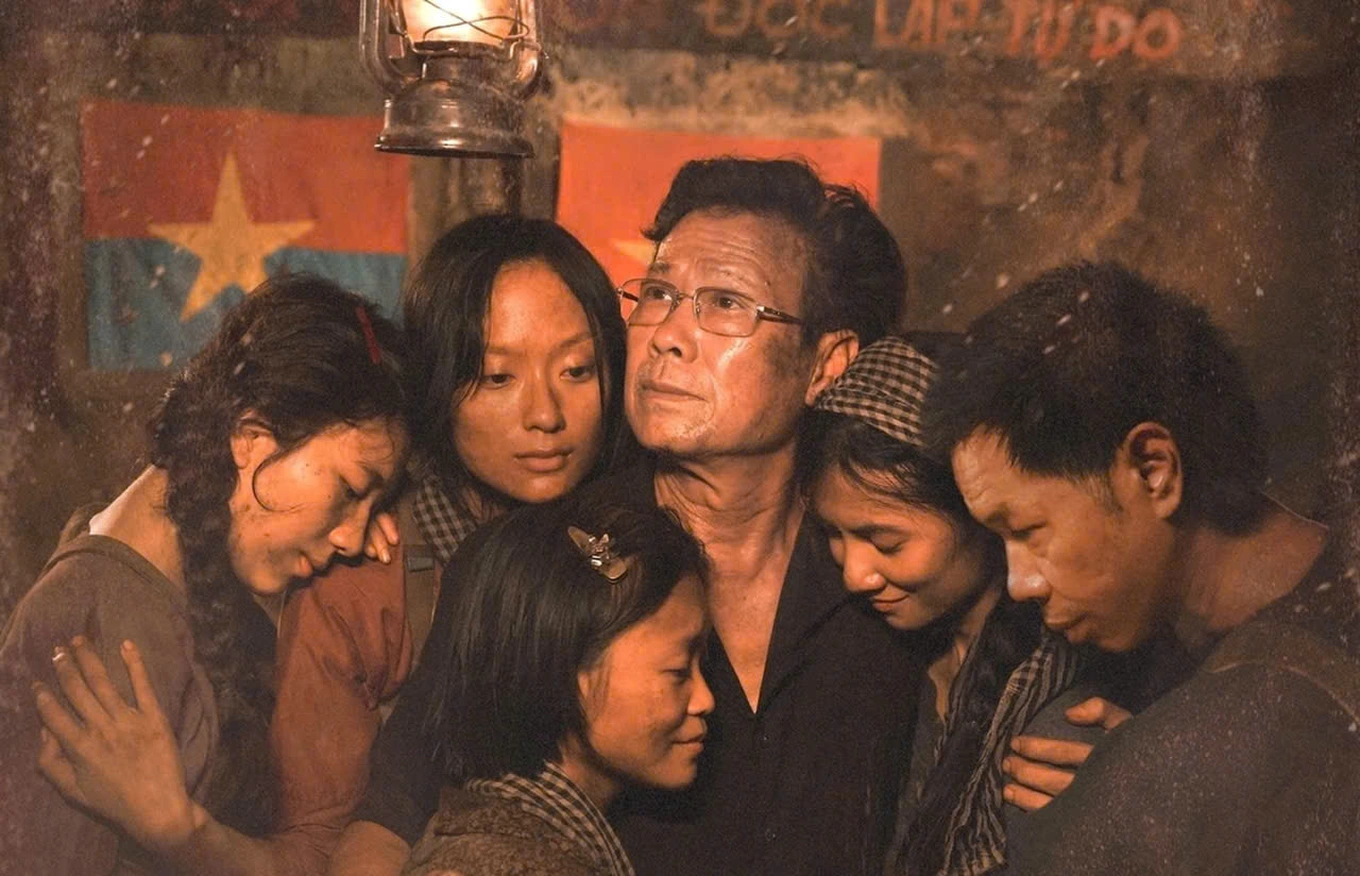

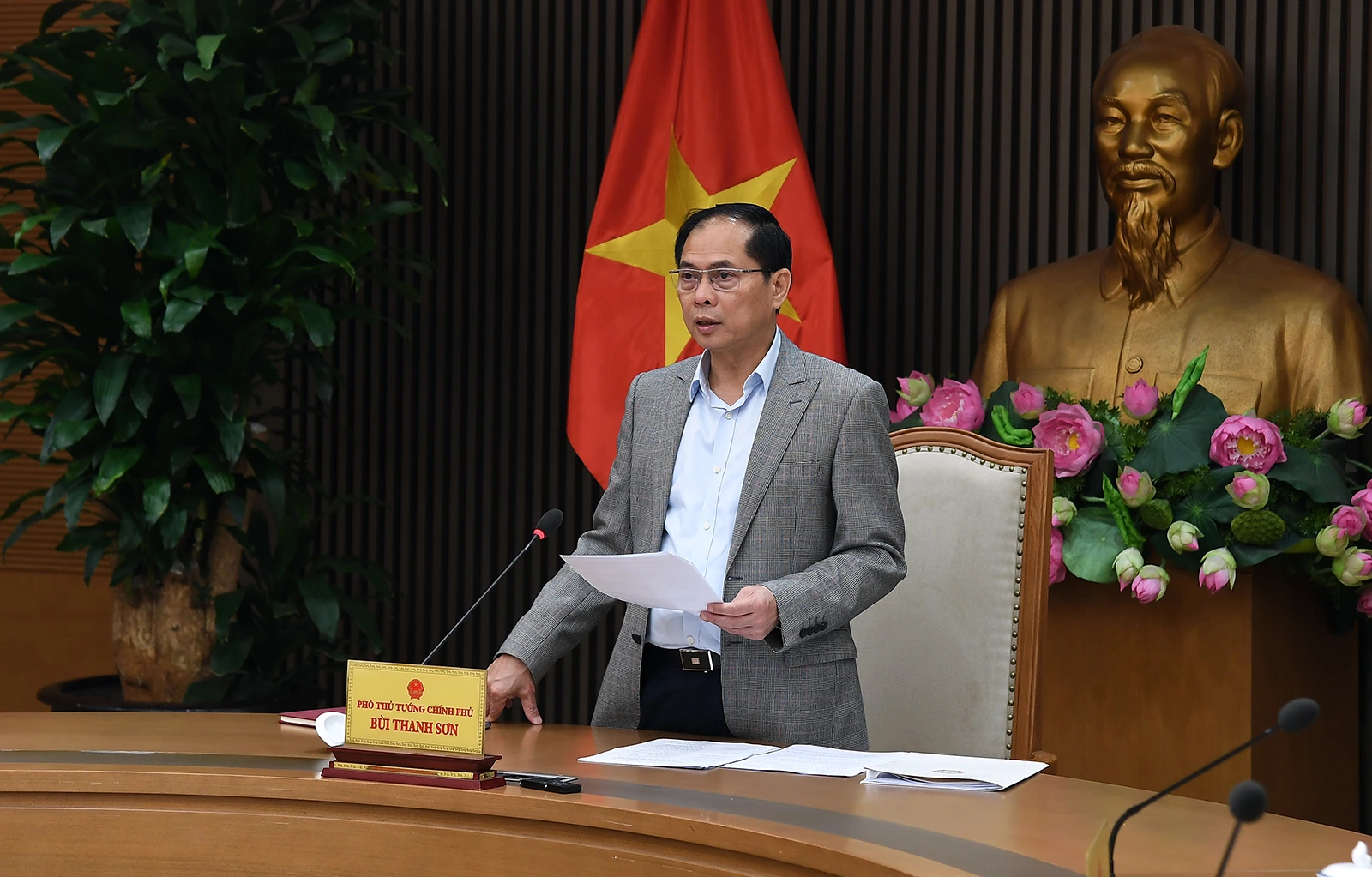








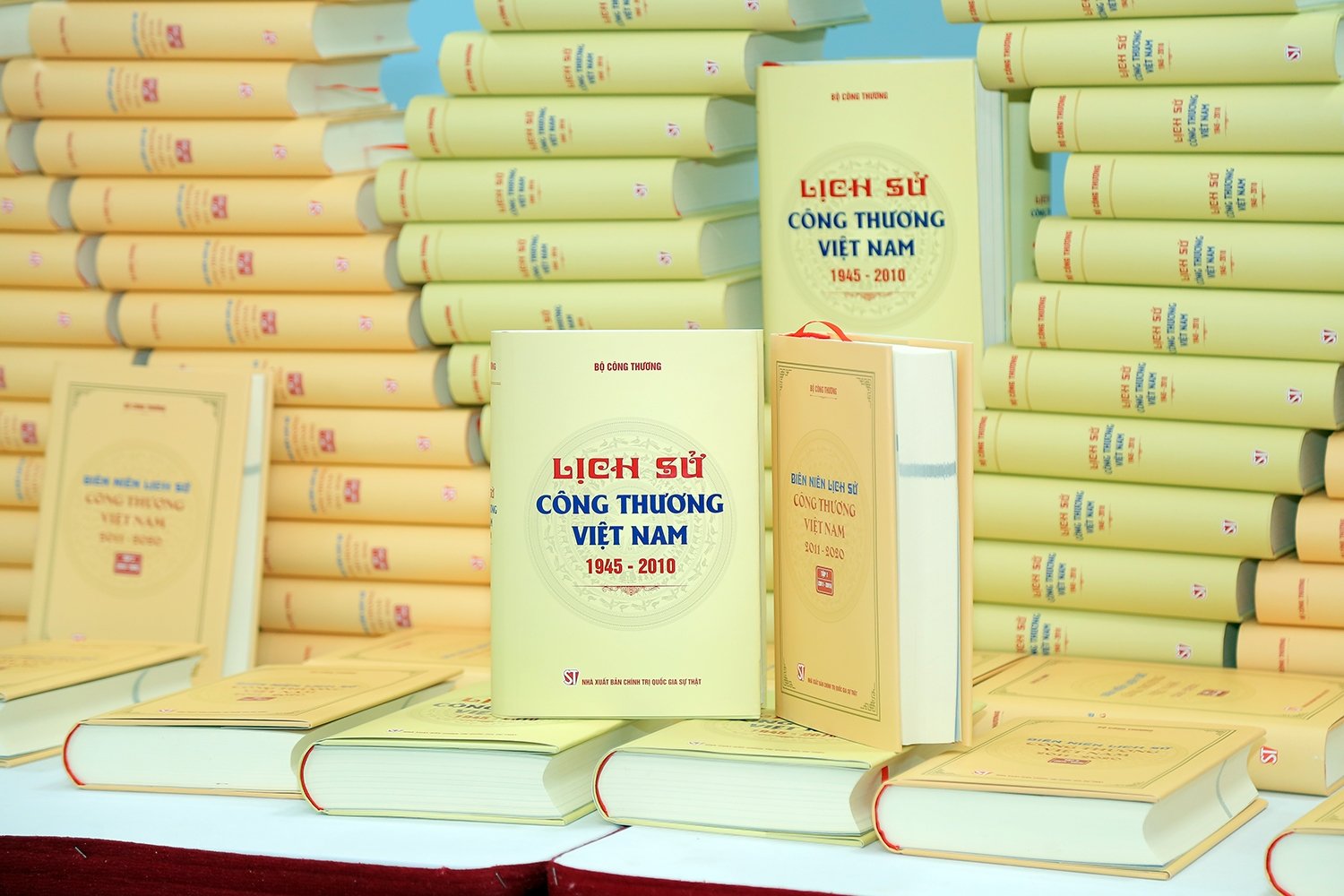
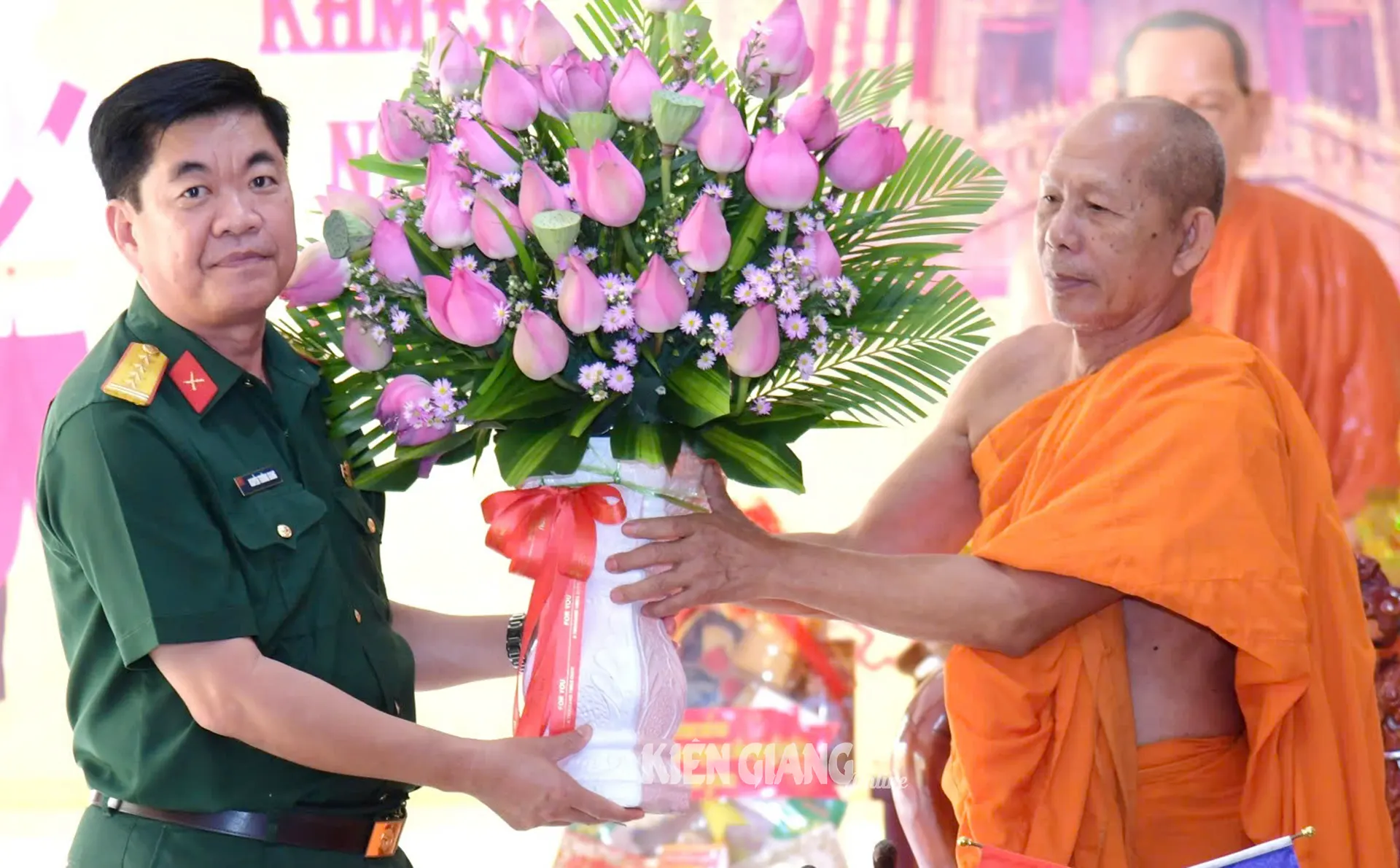
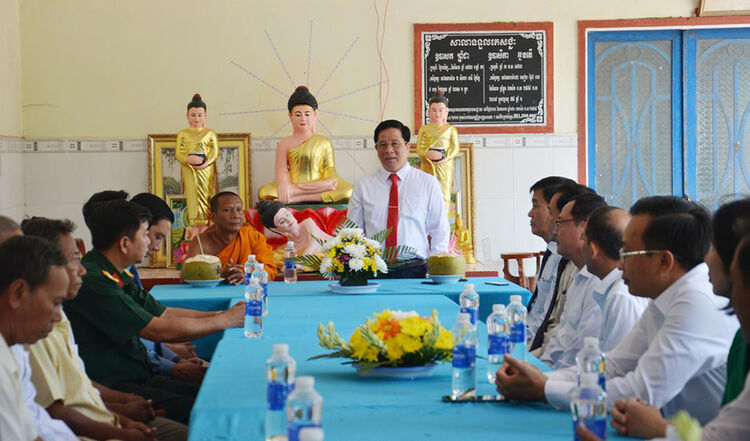
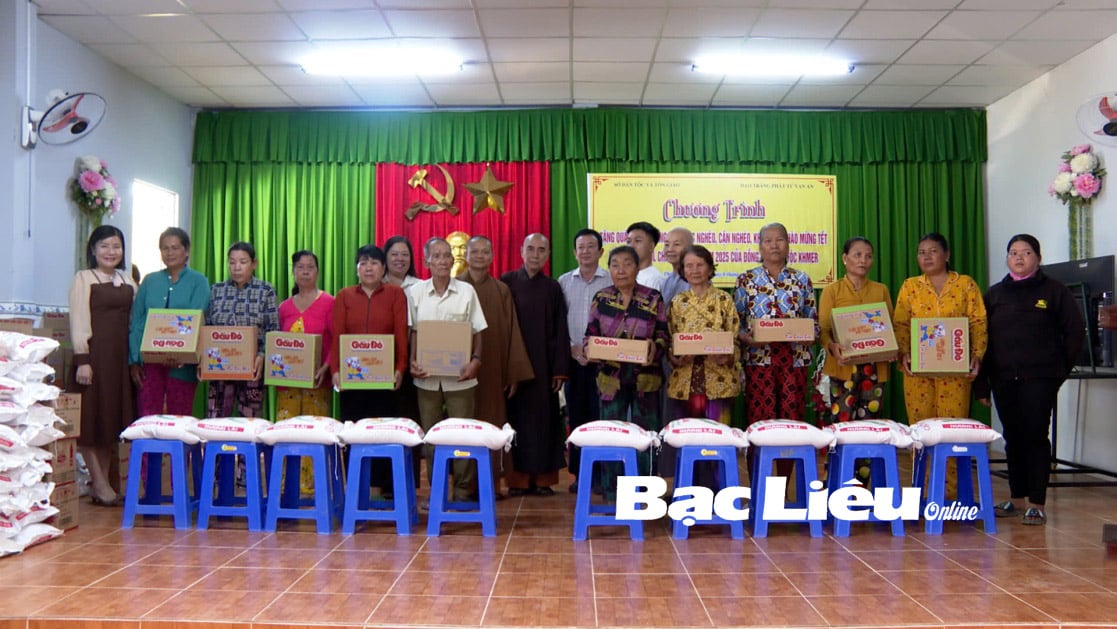
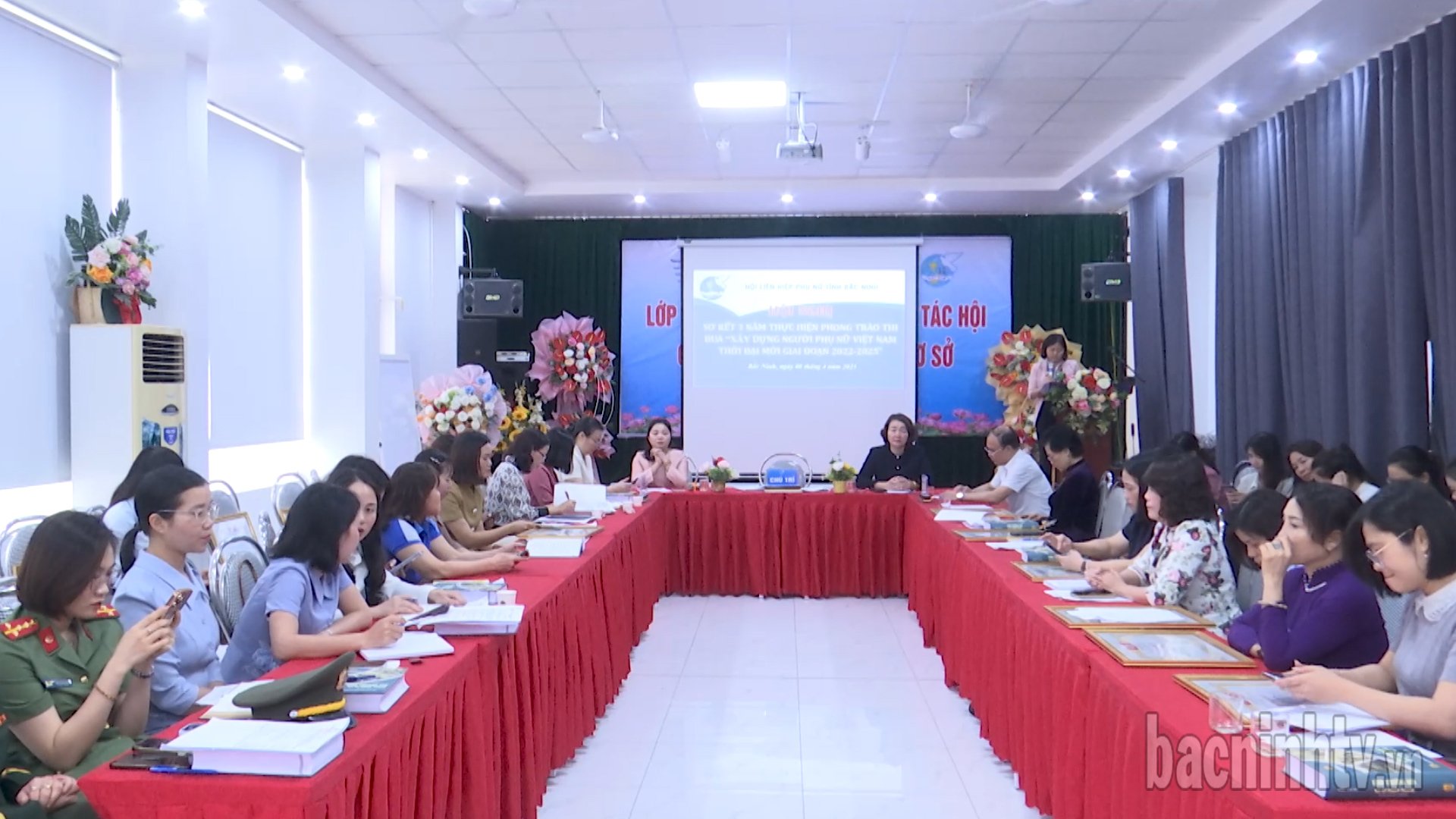
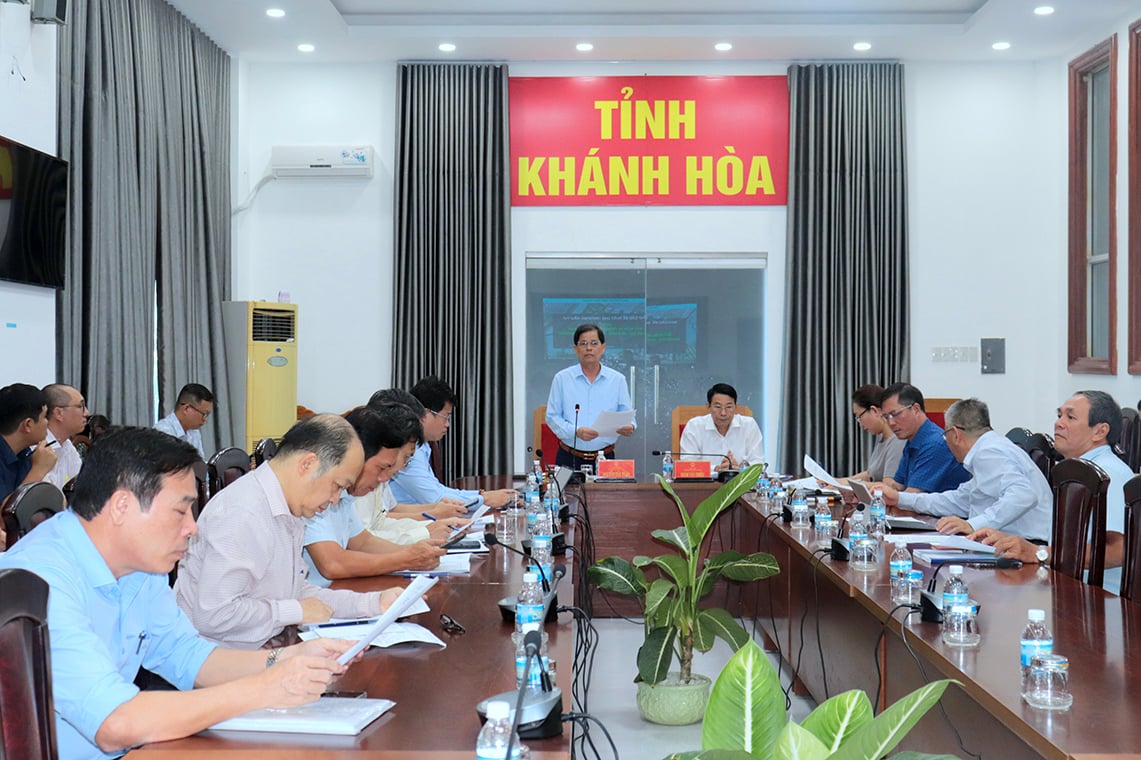

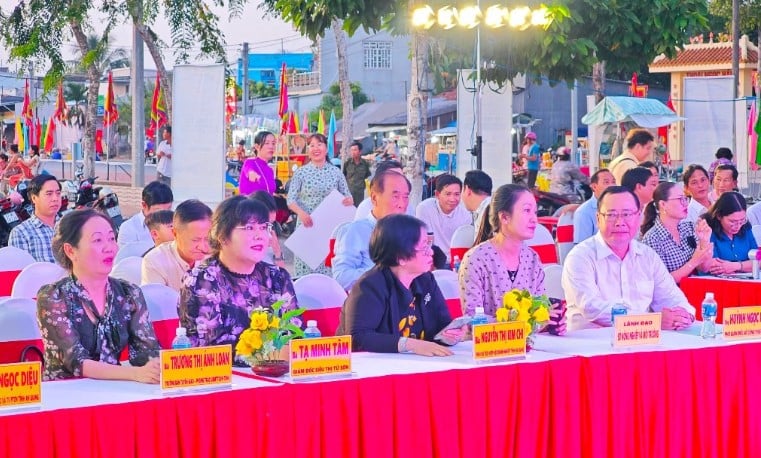

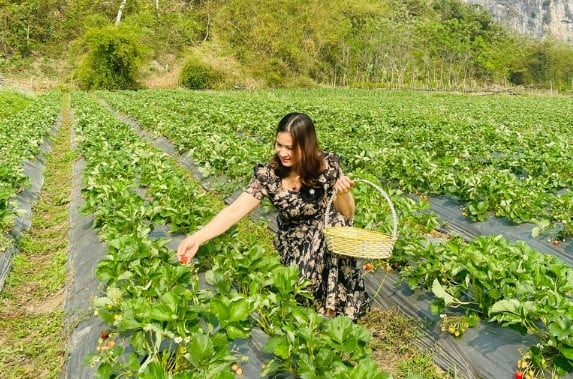

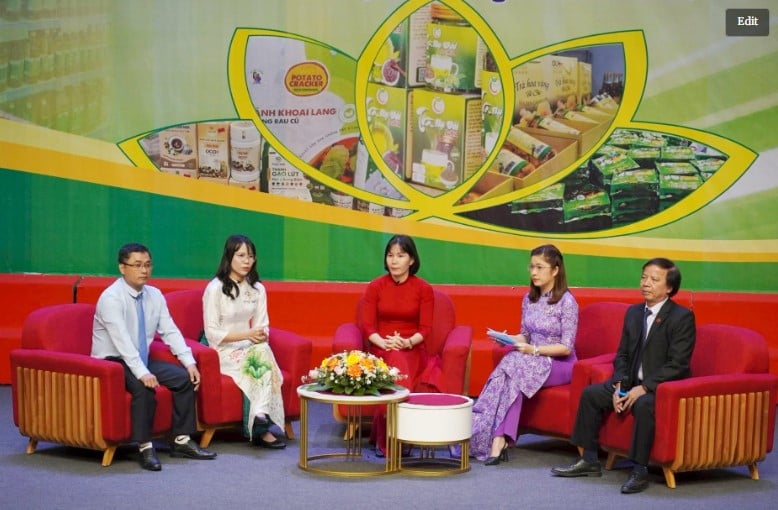

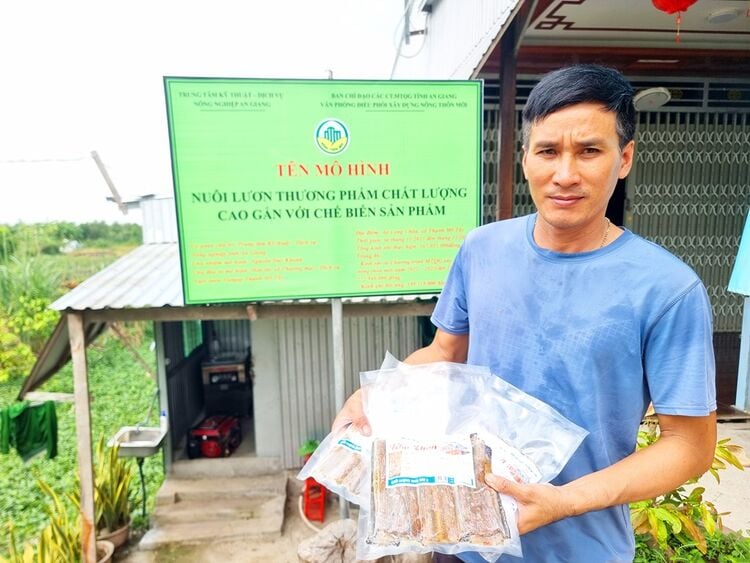
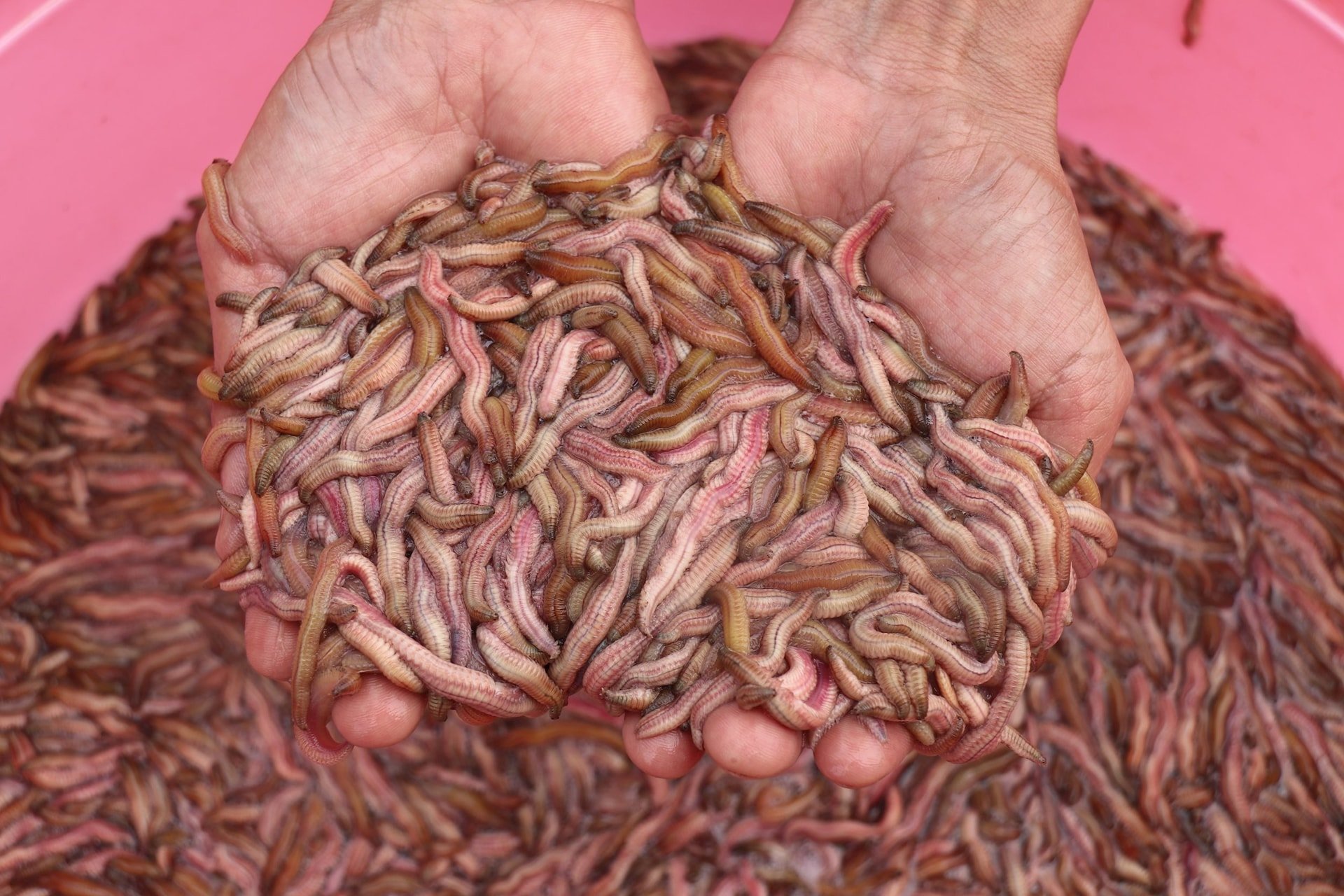
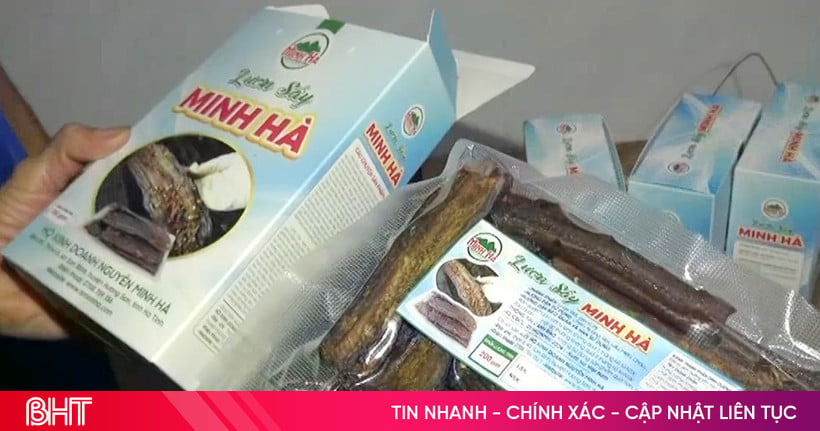

Comment (0)